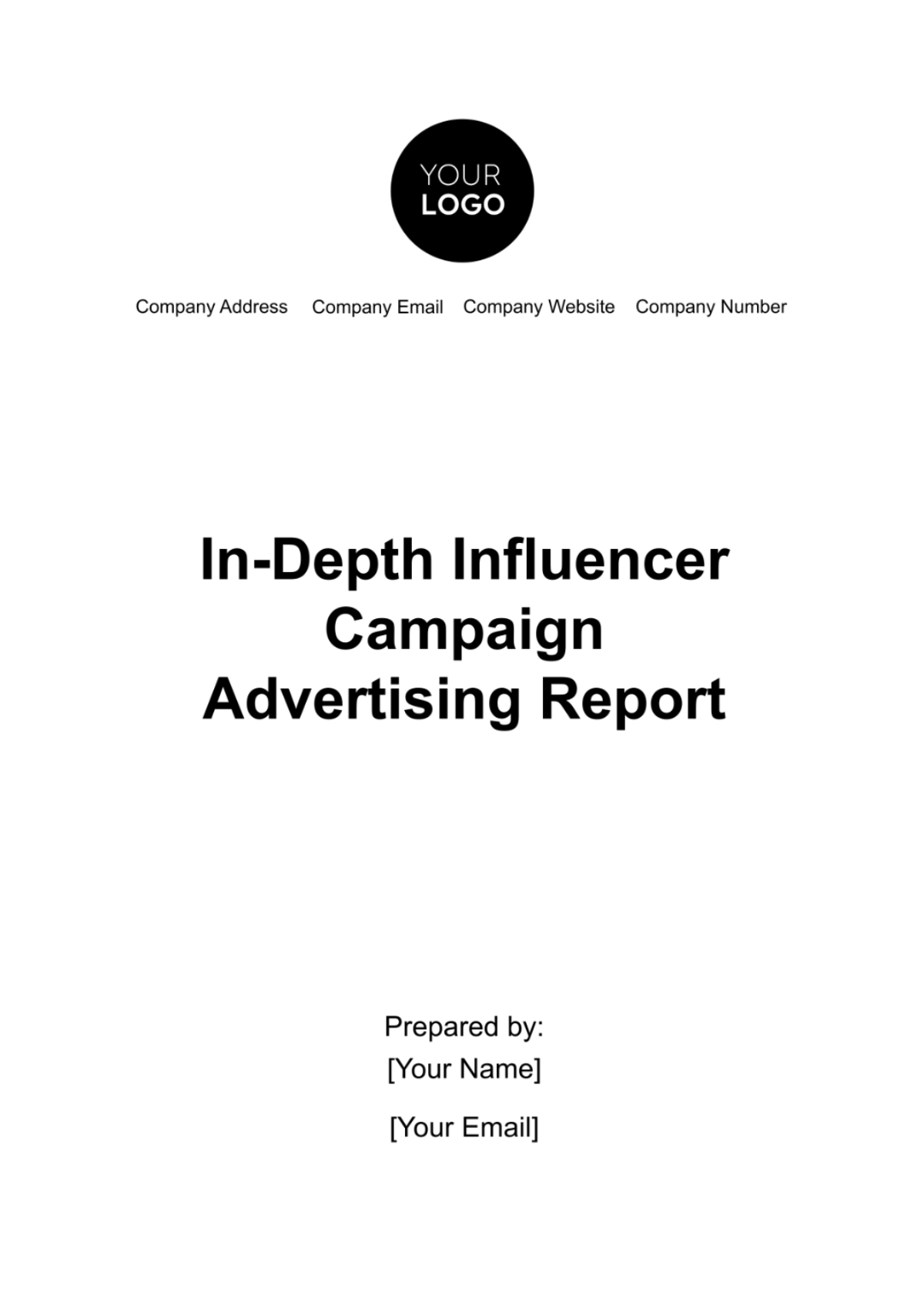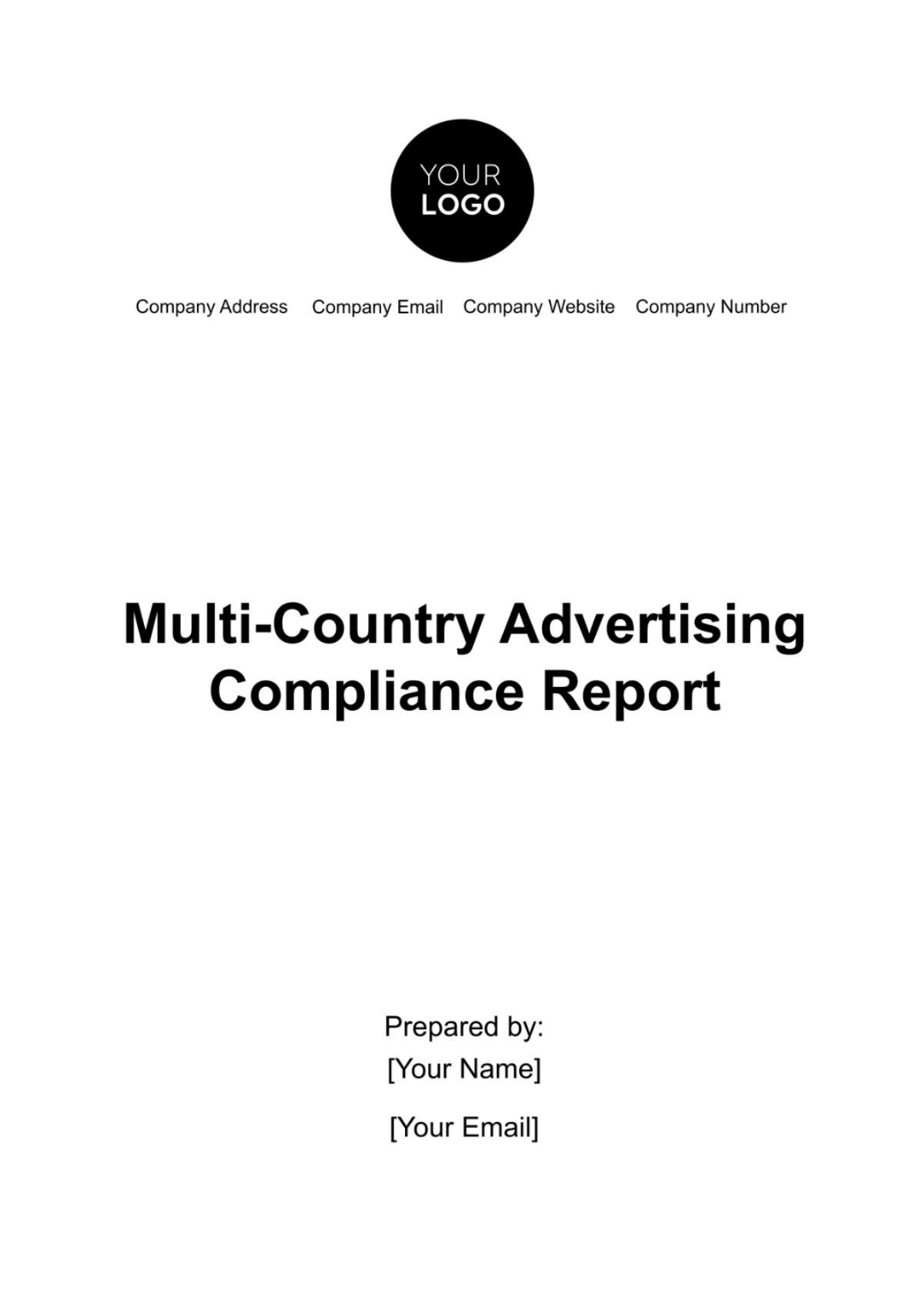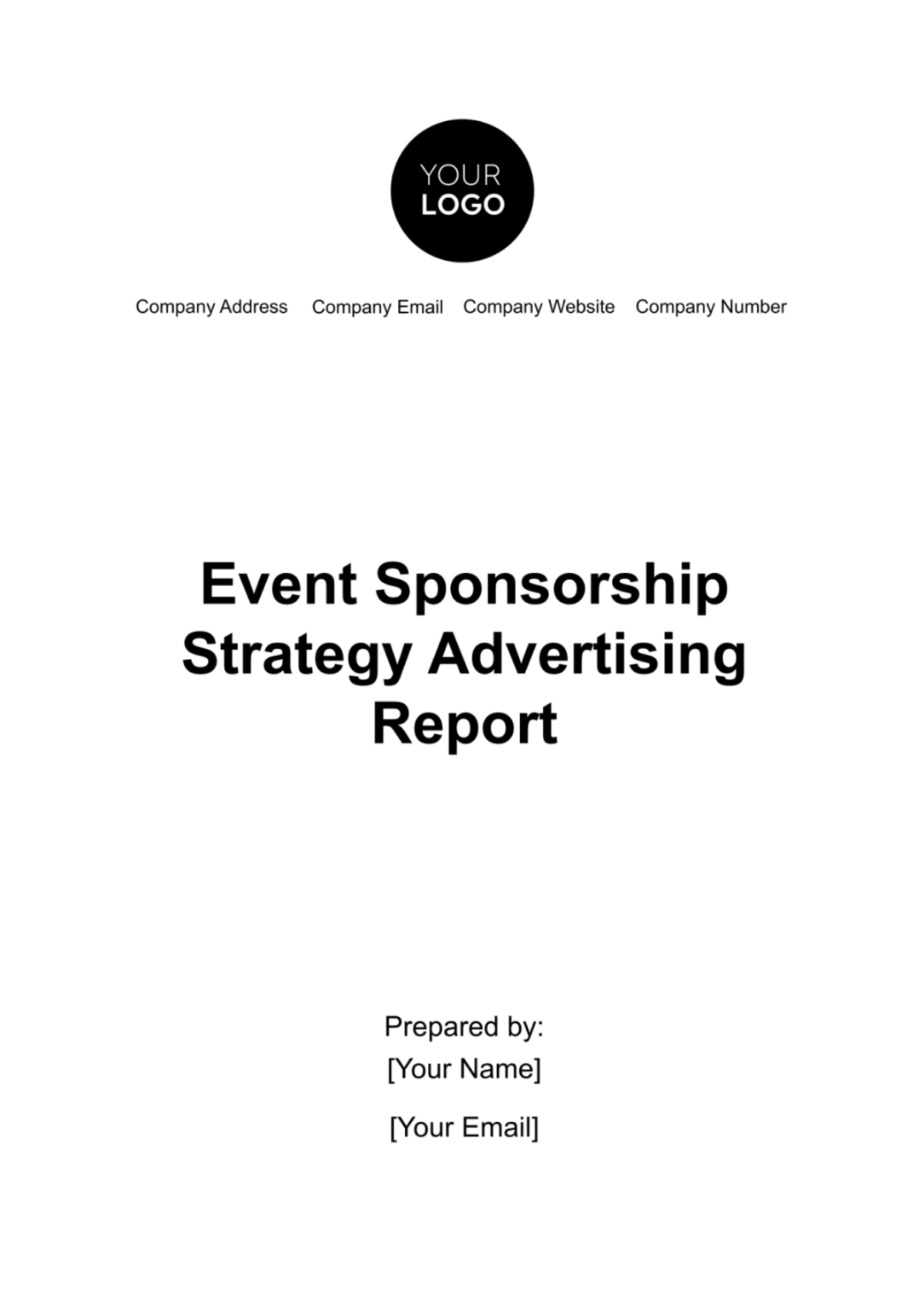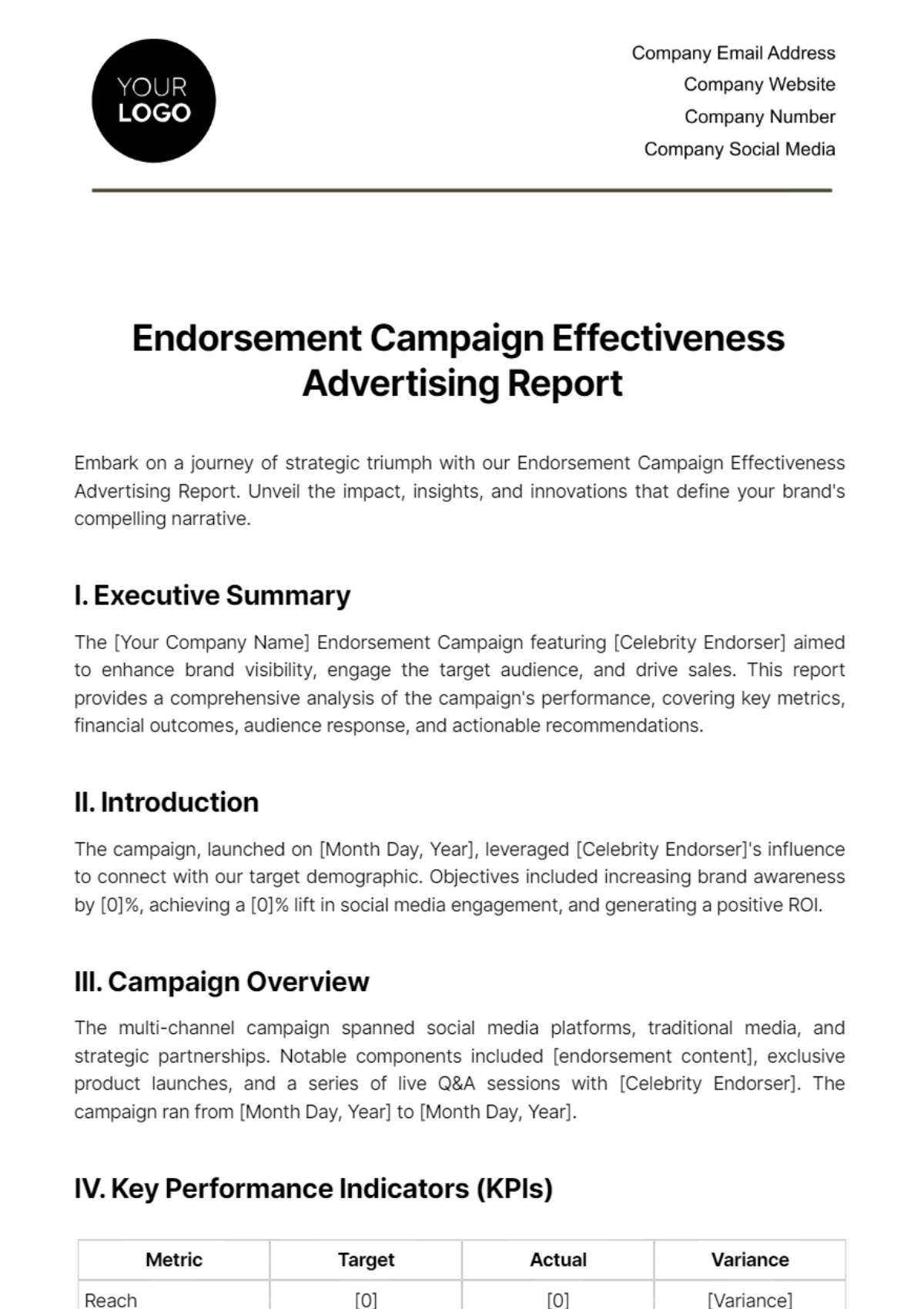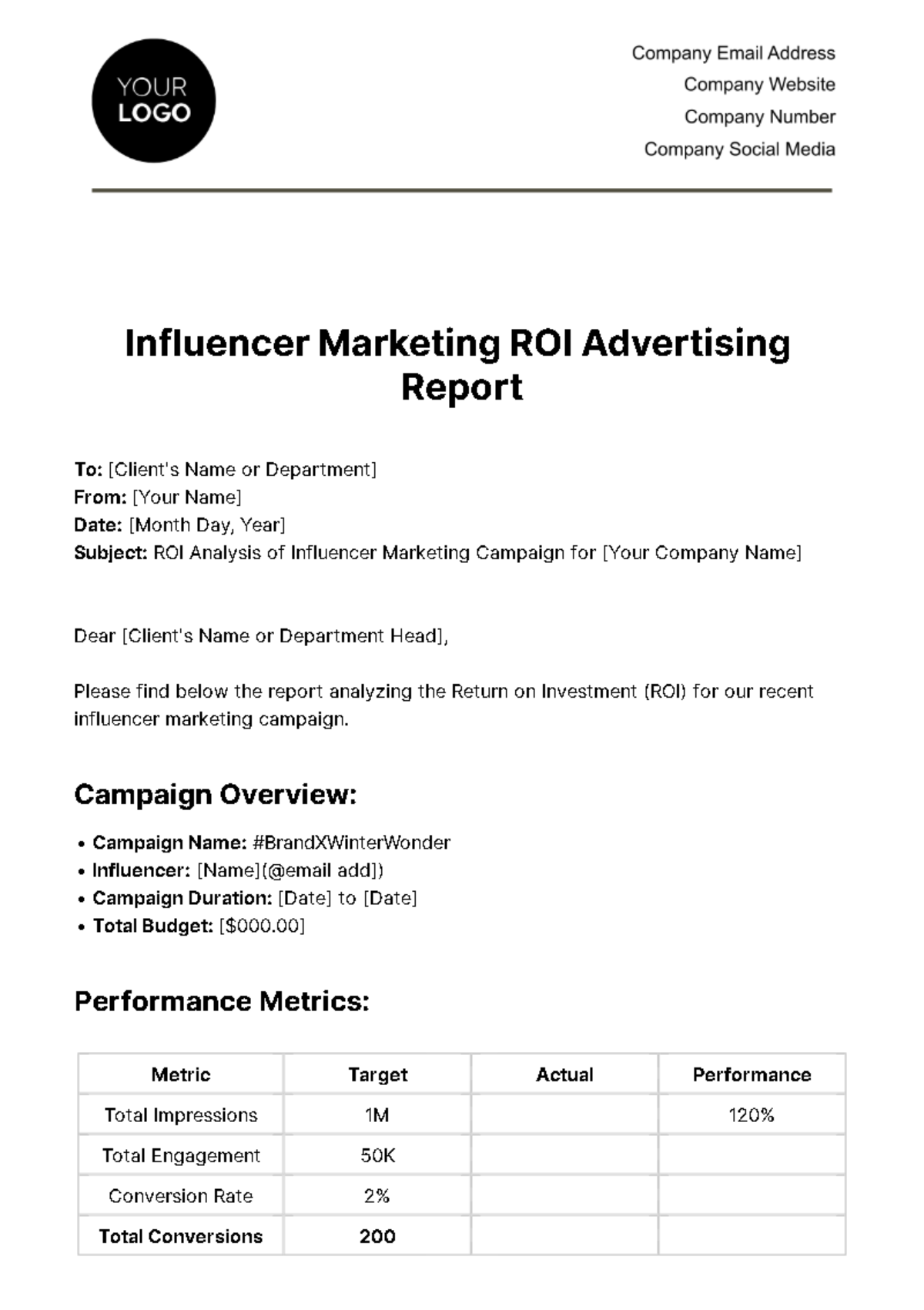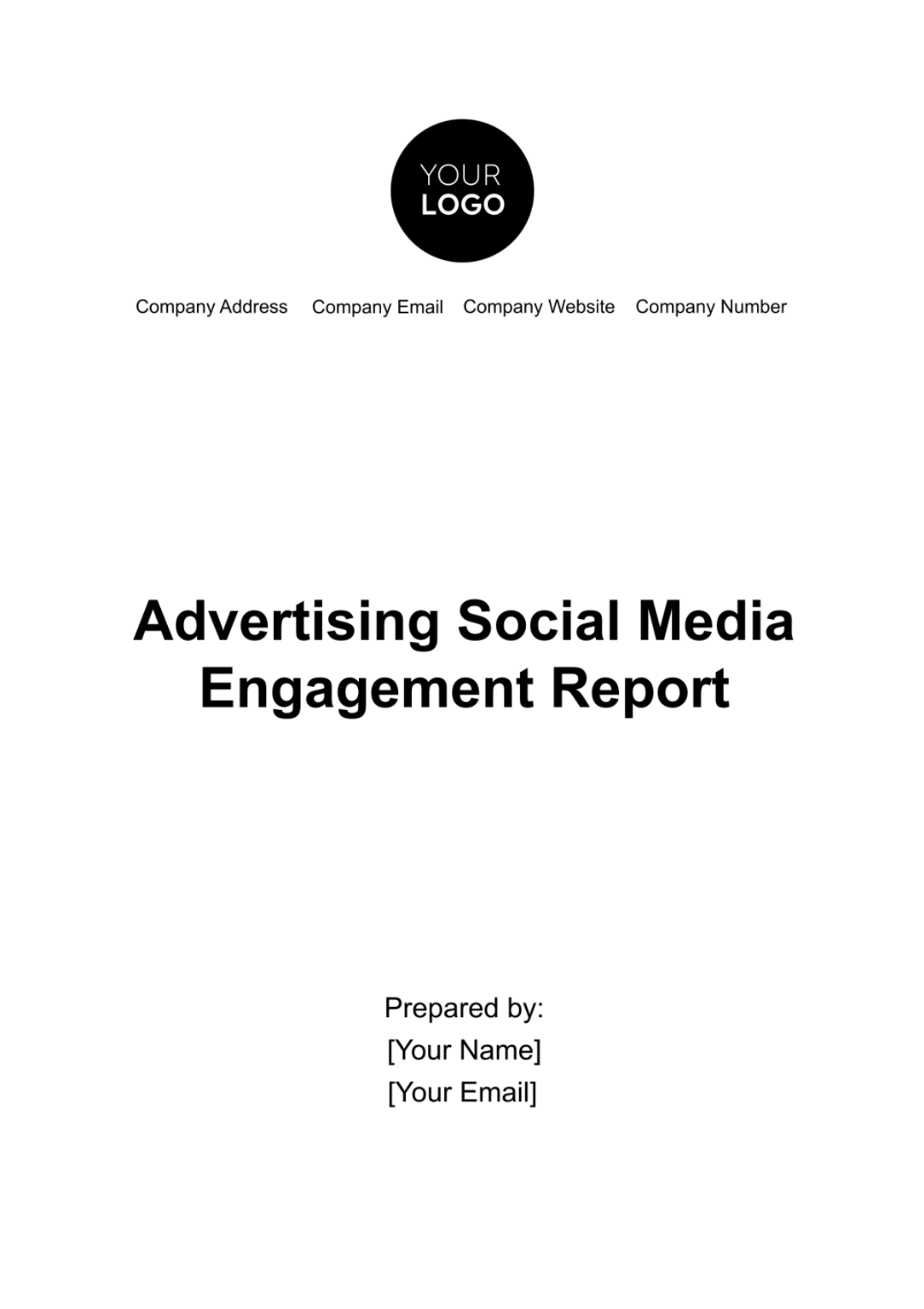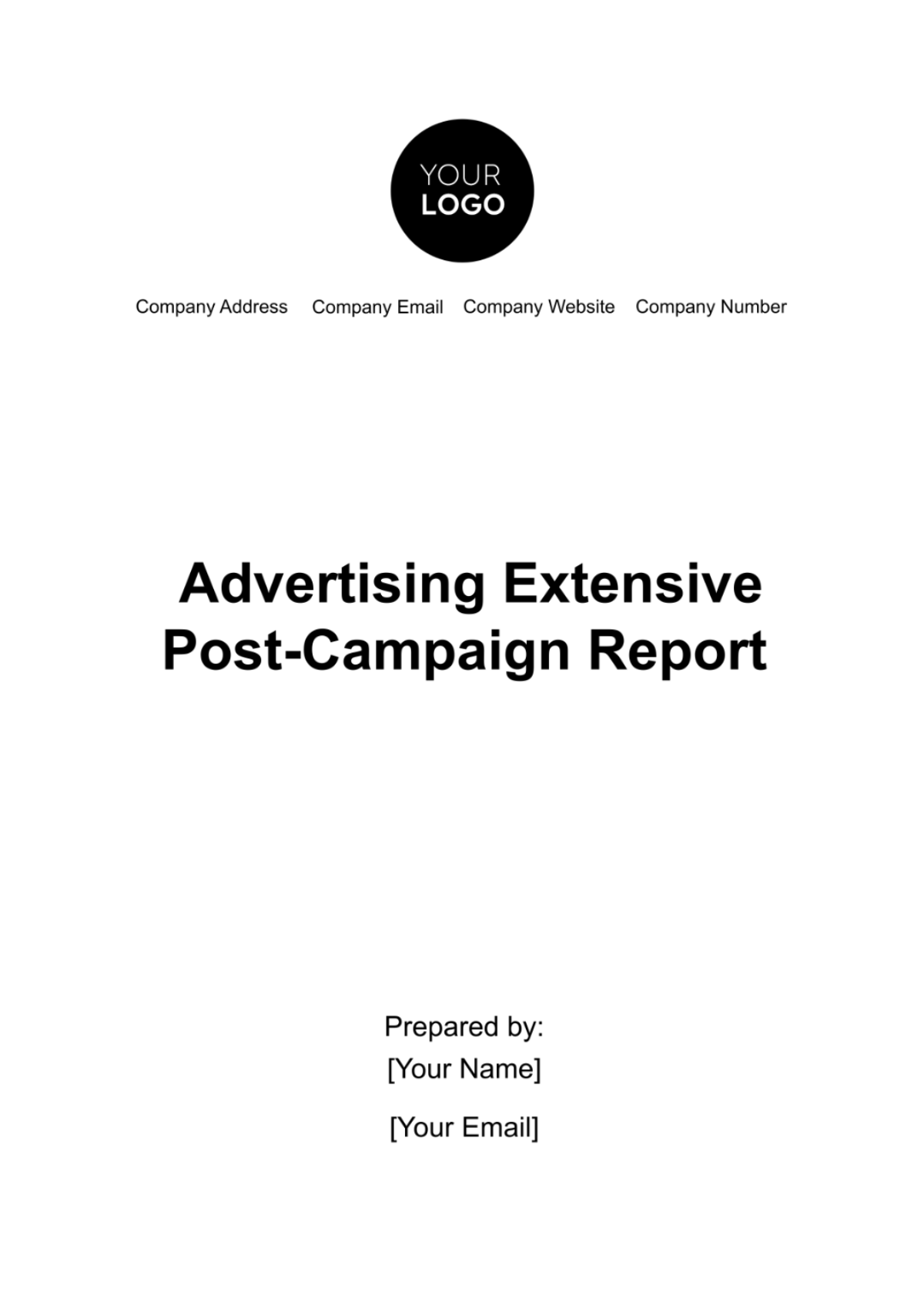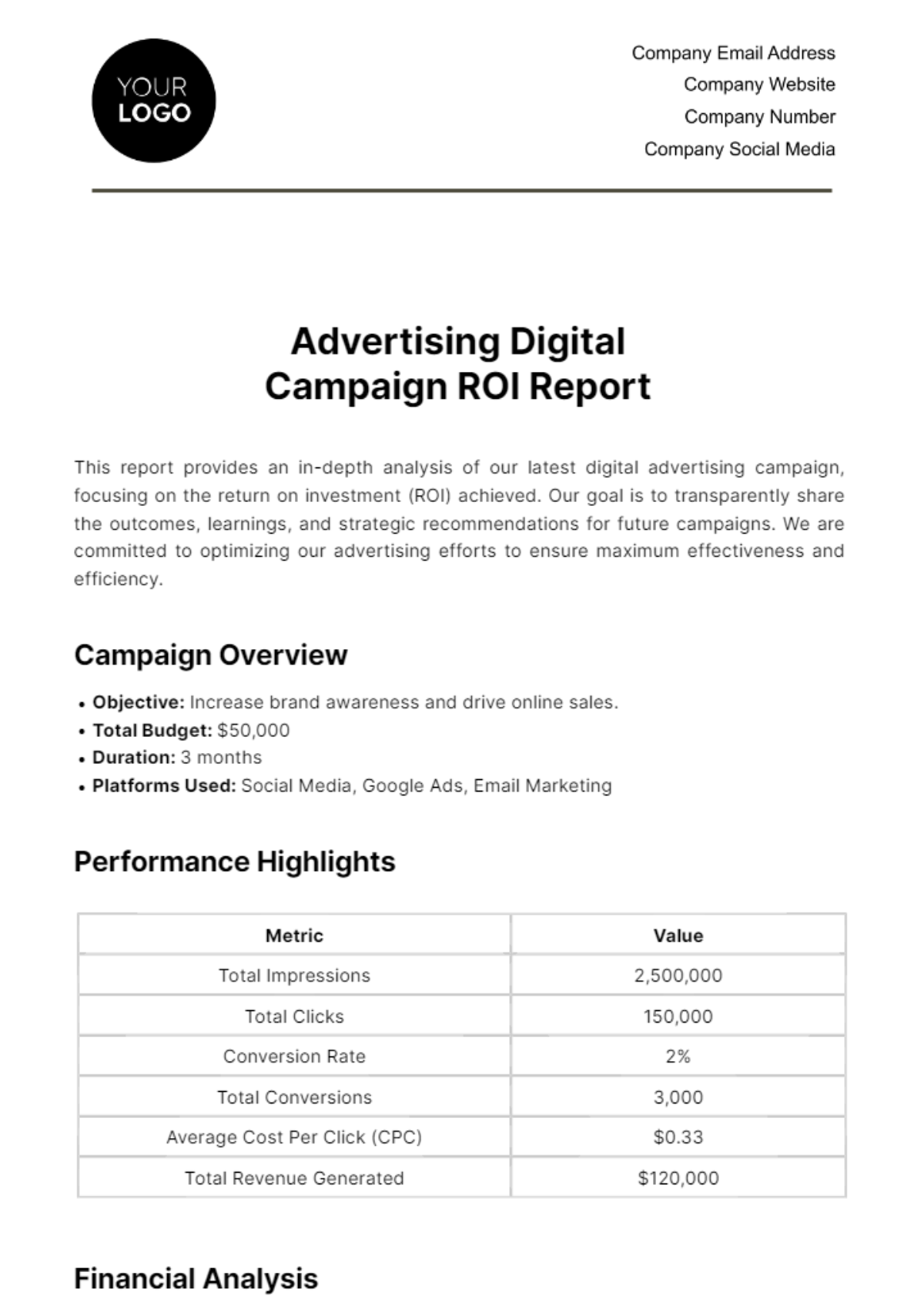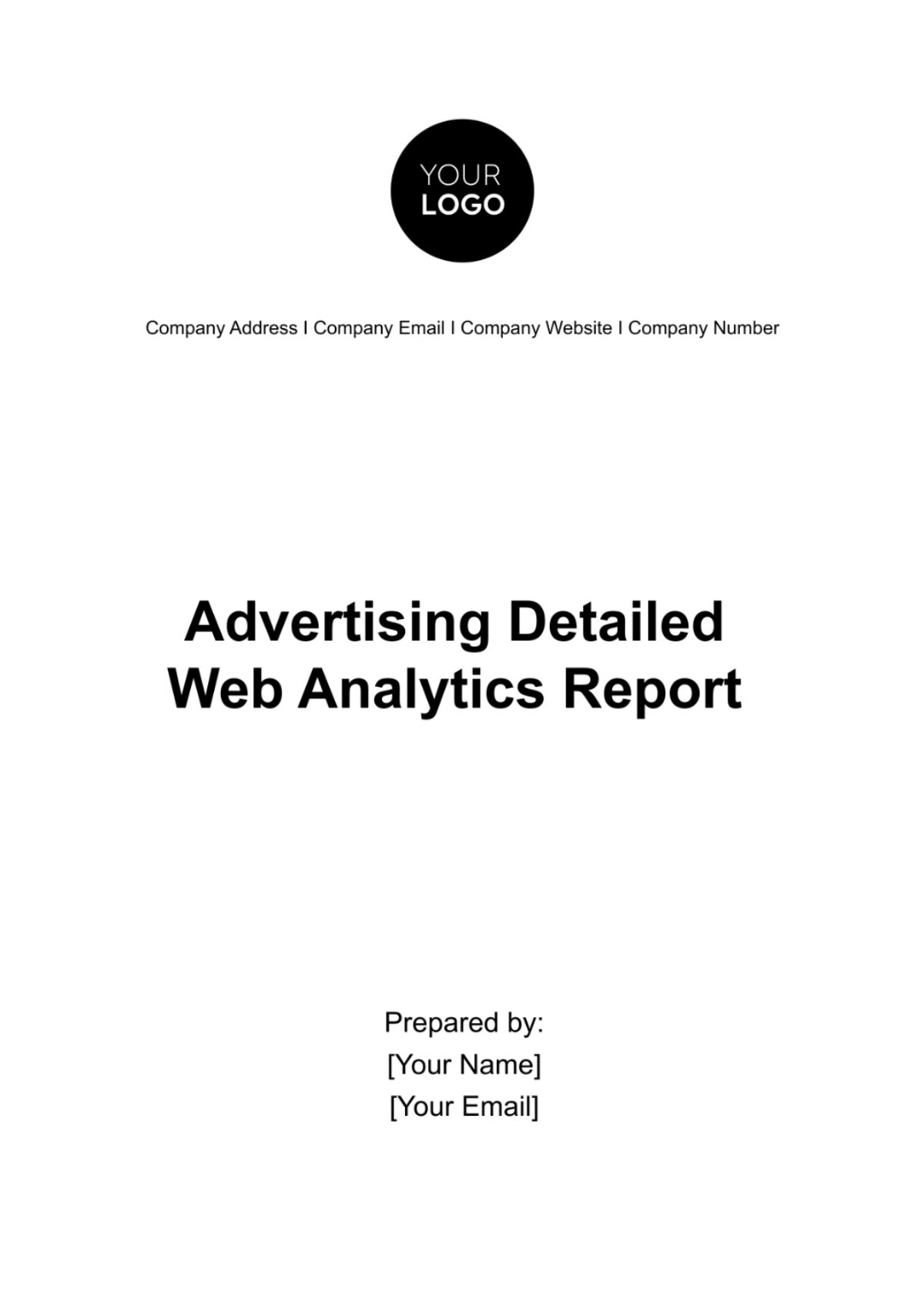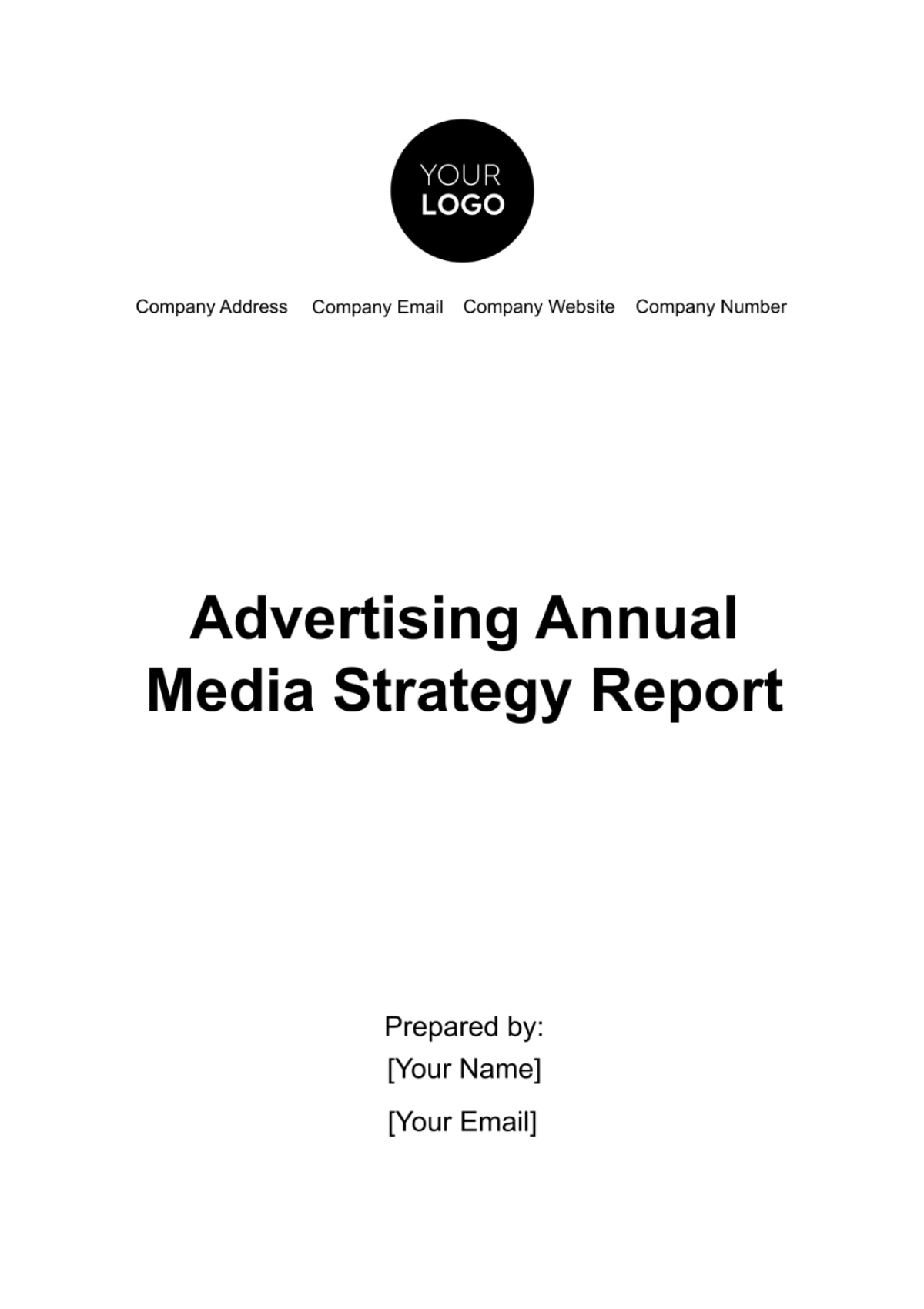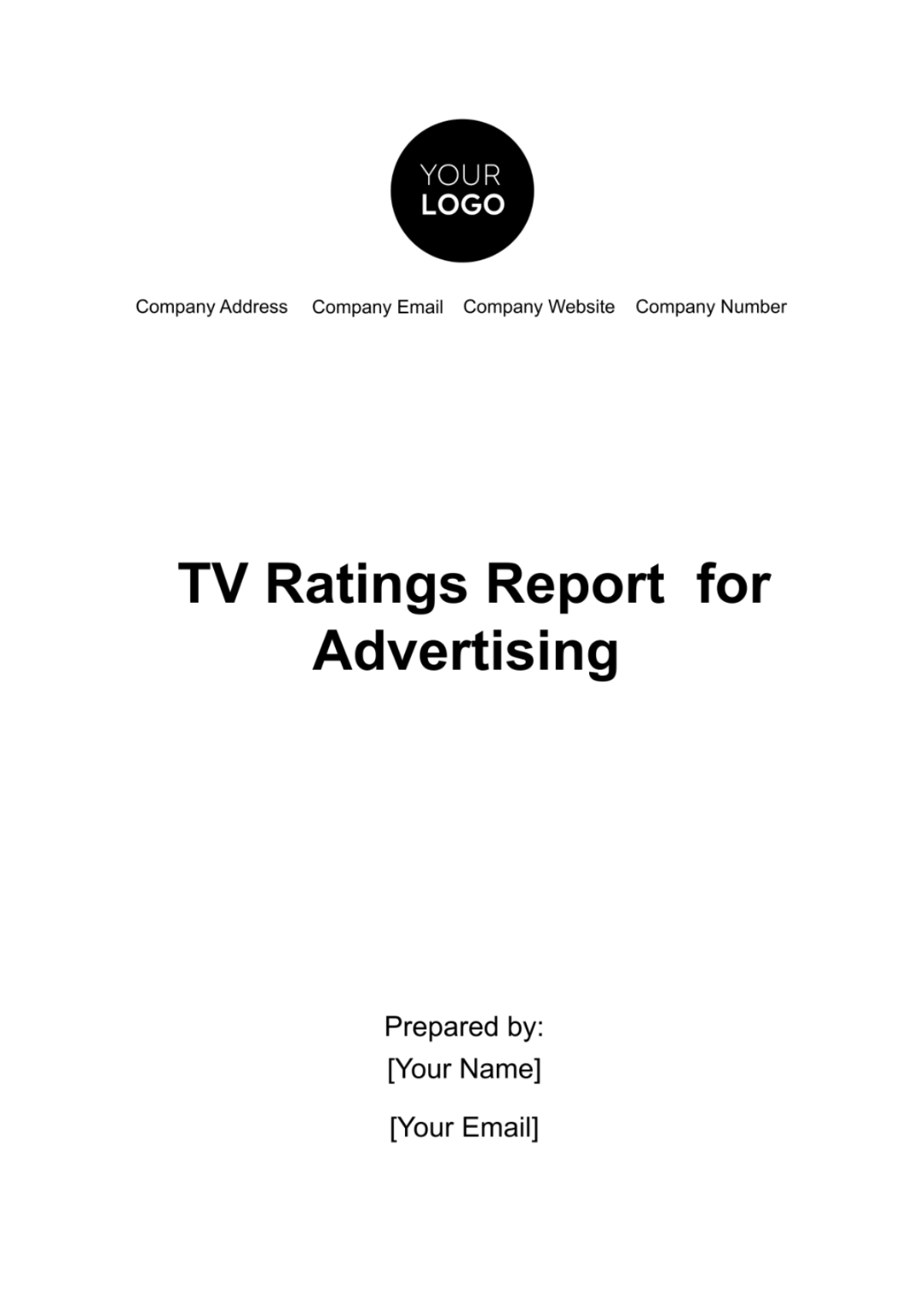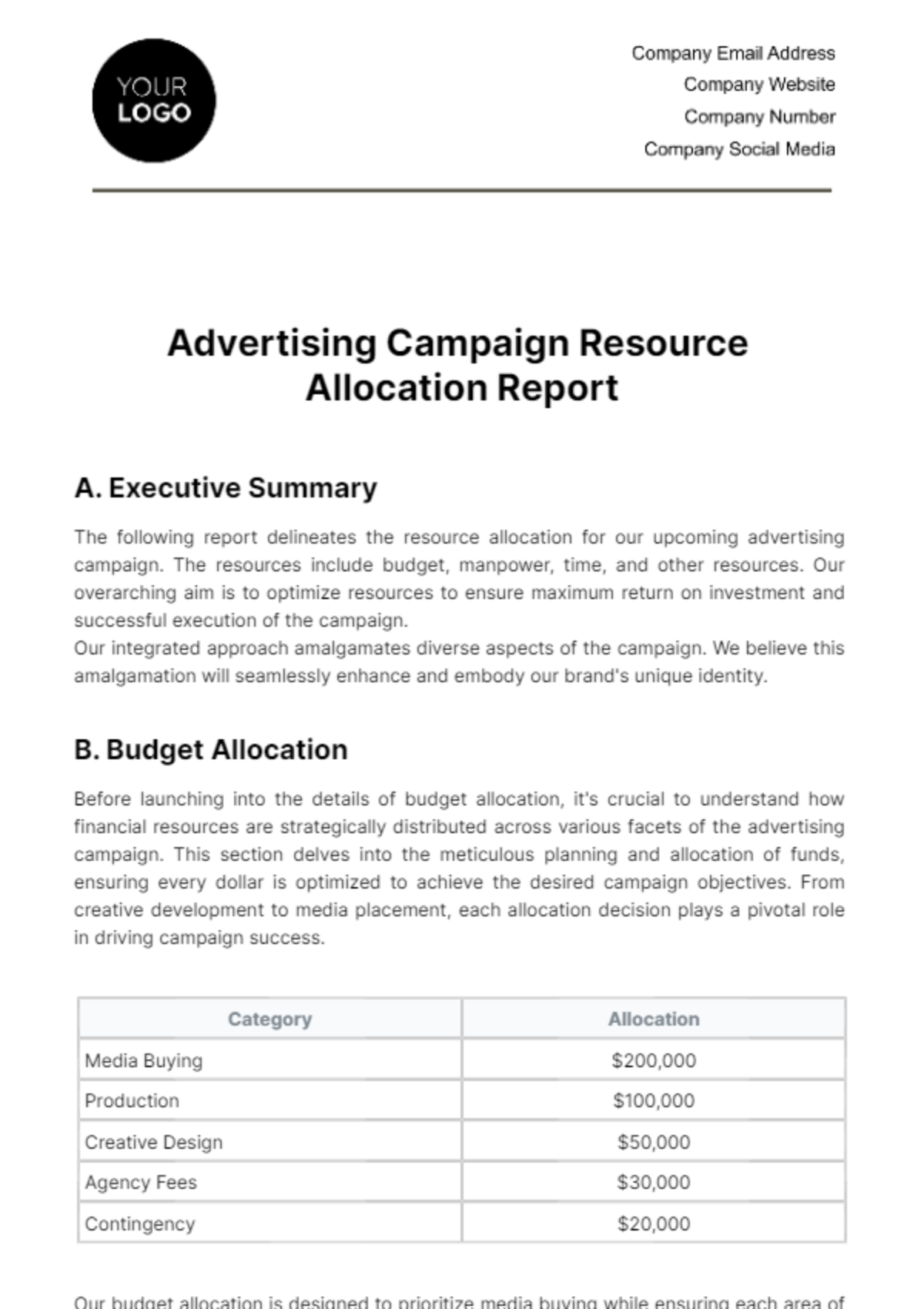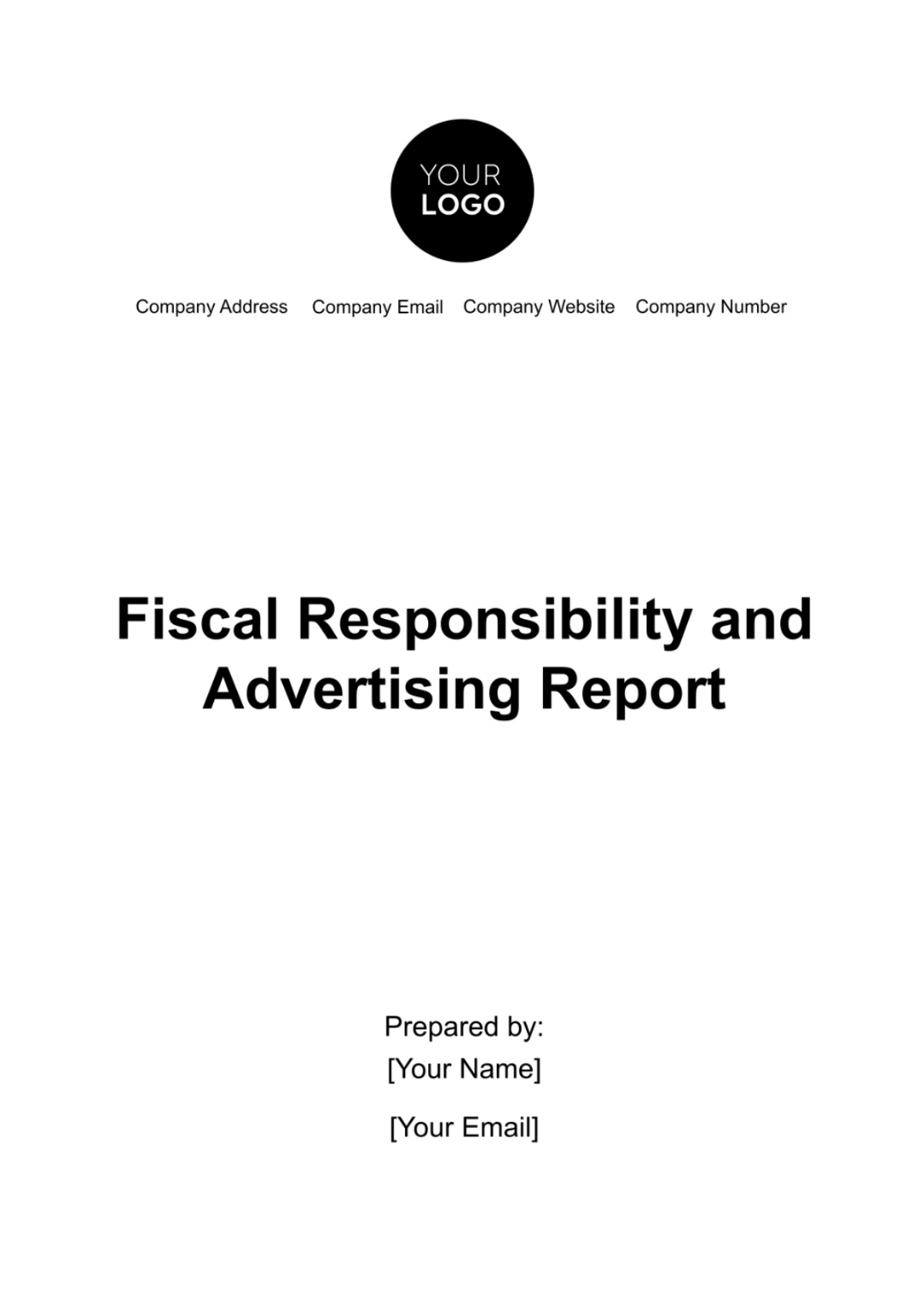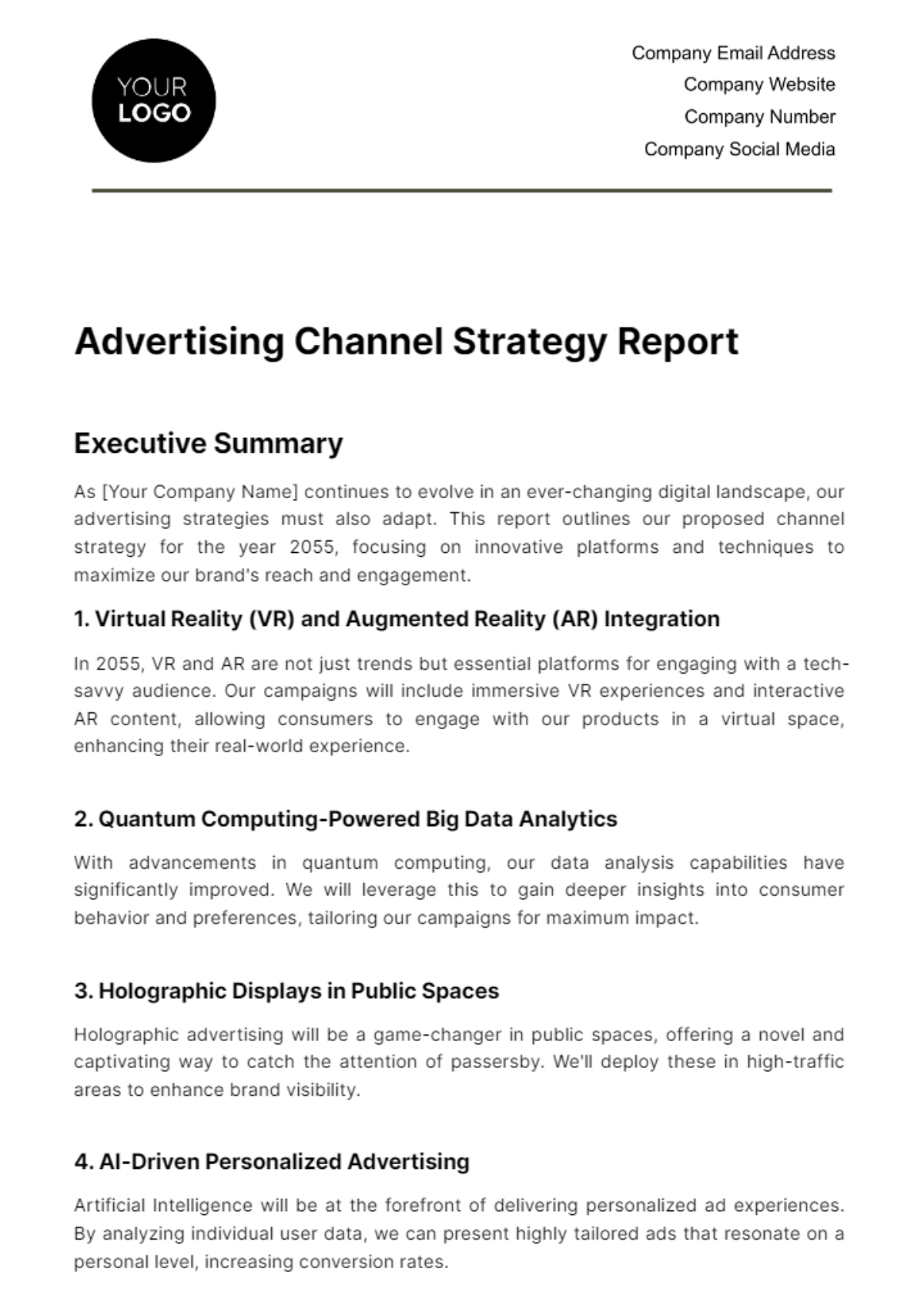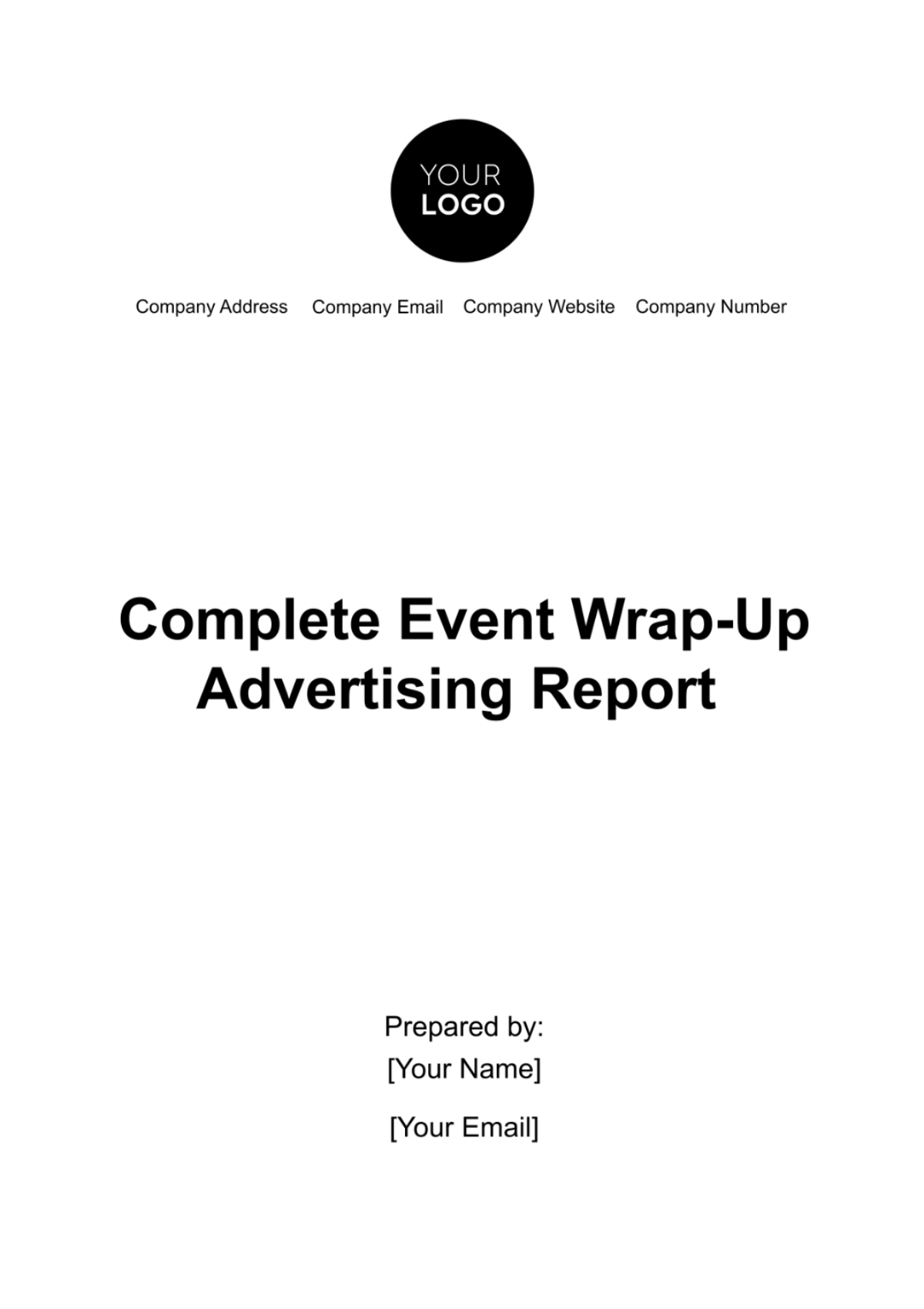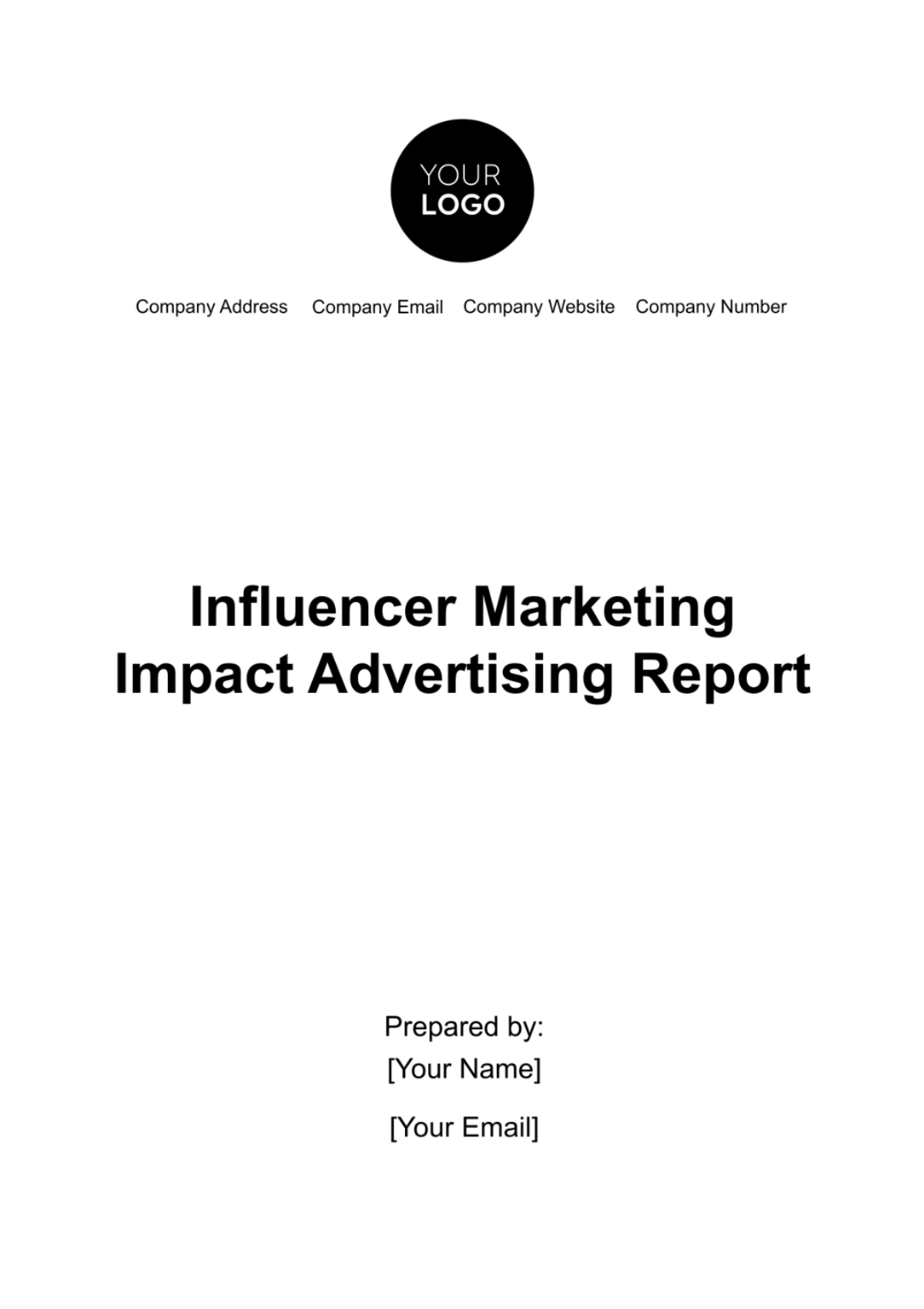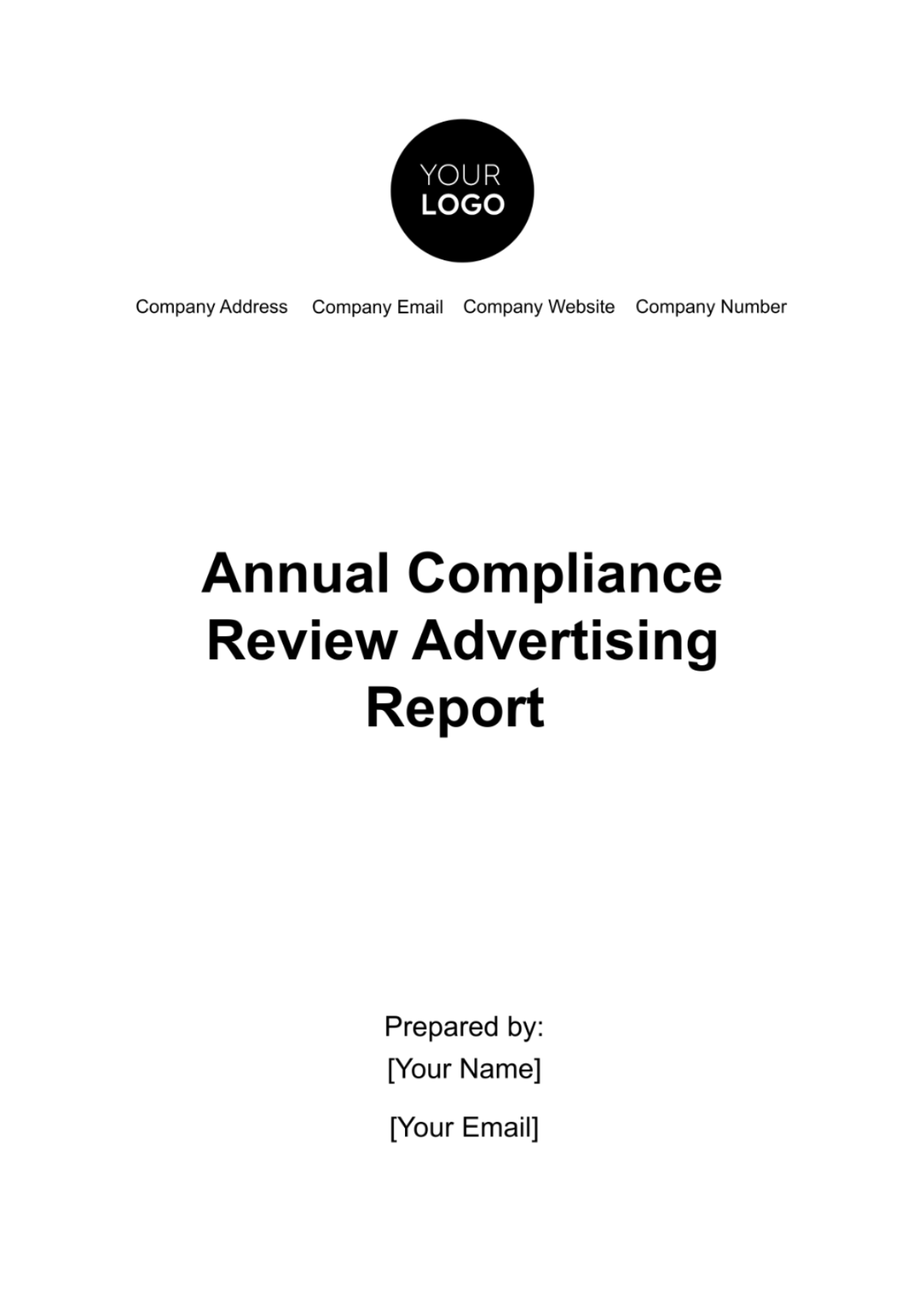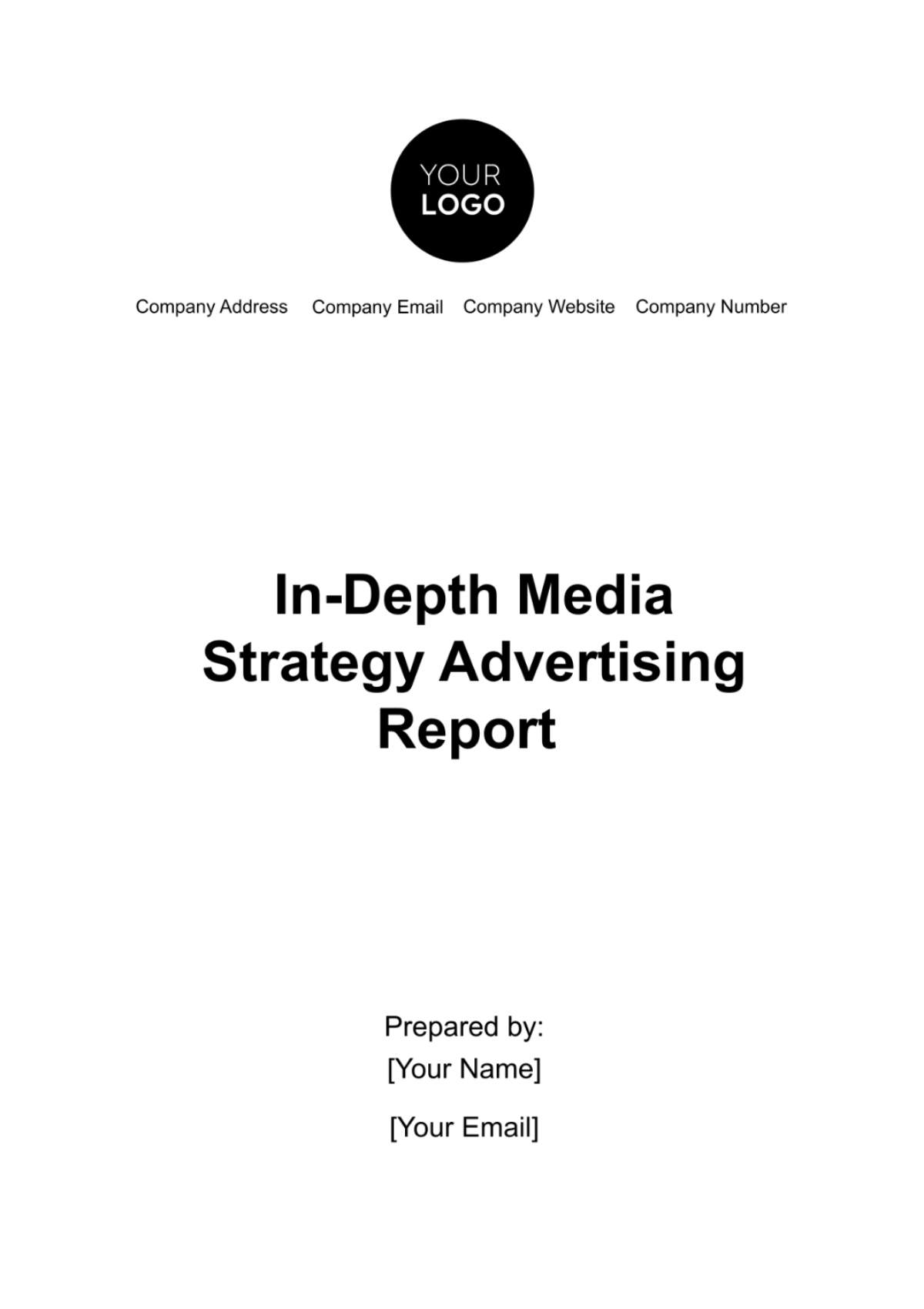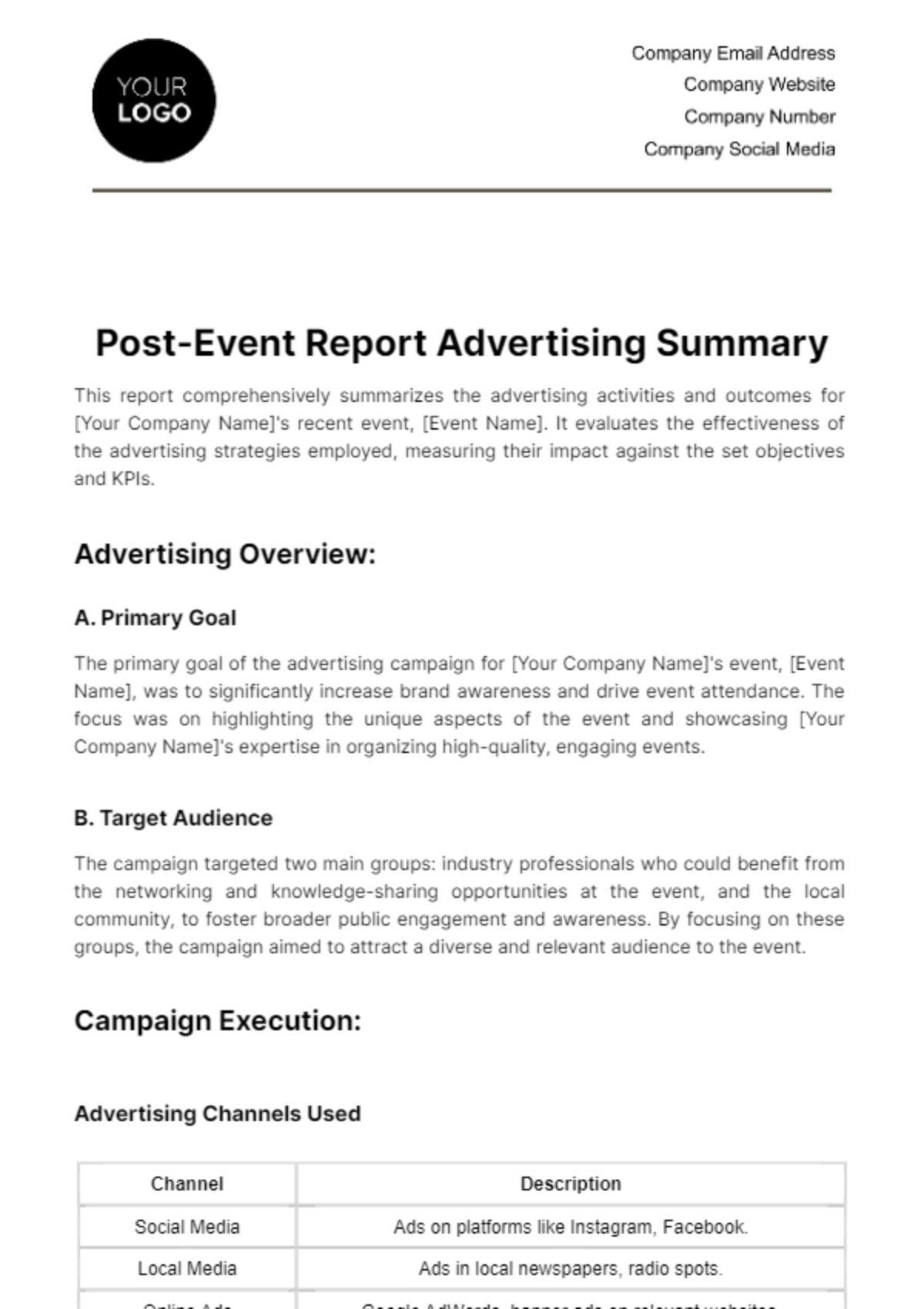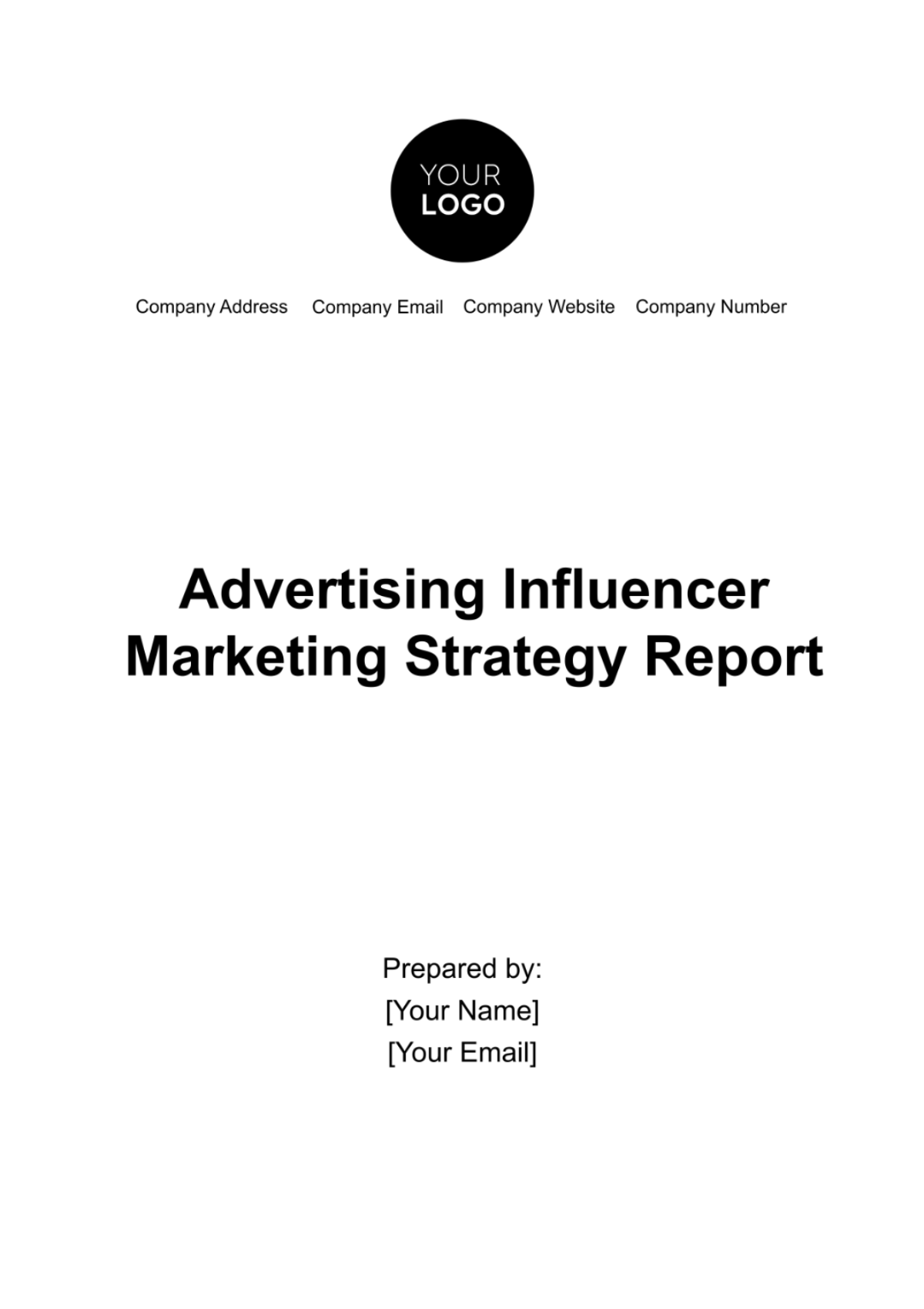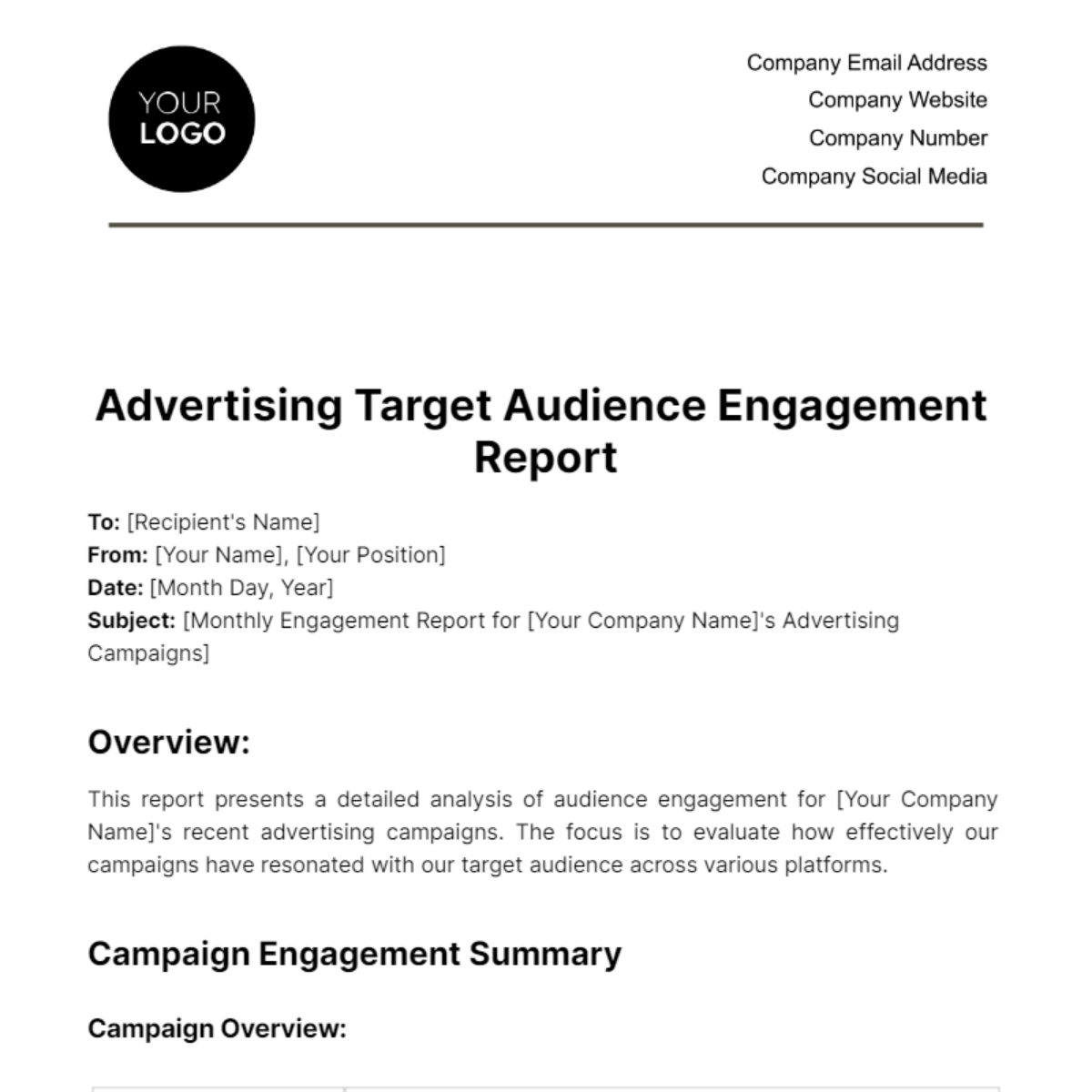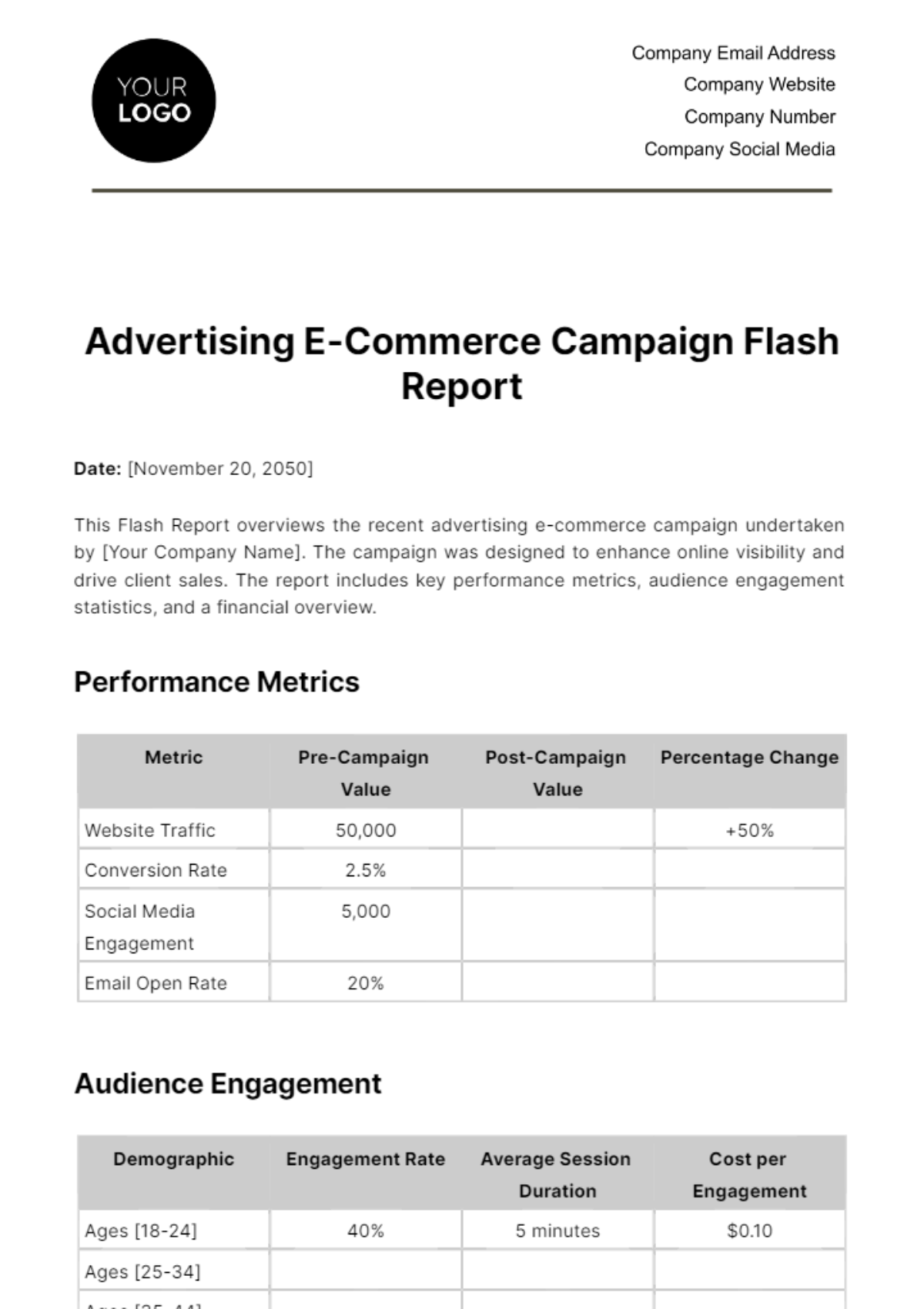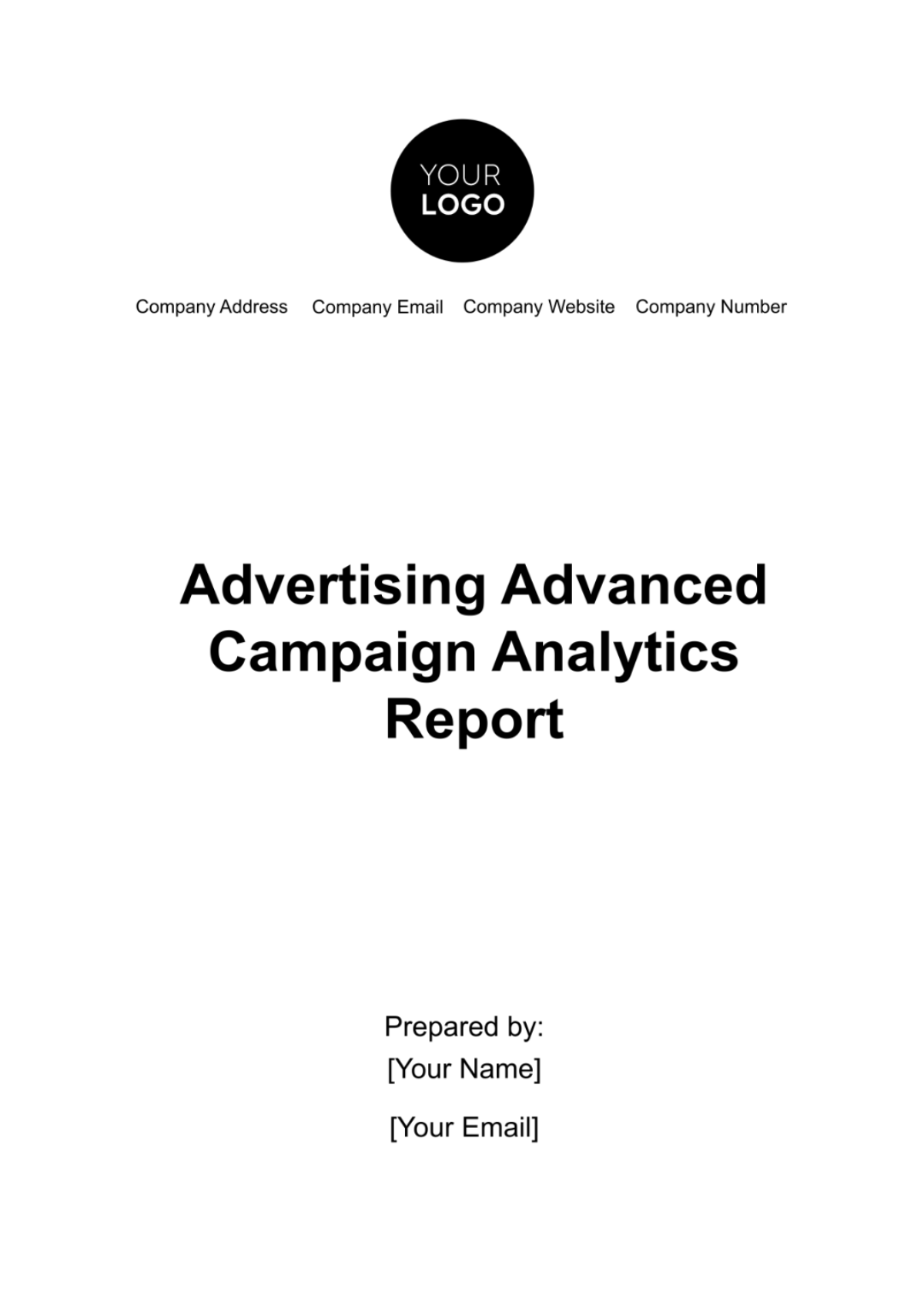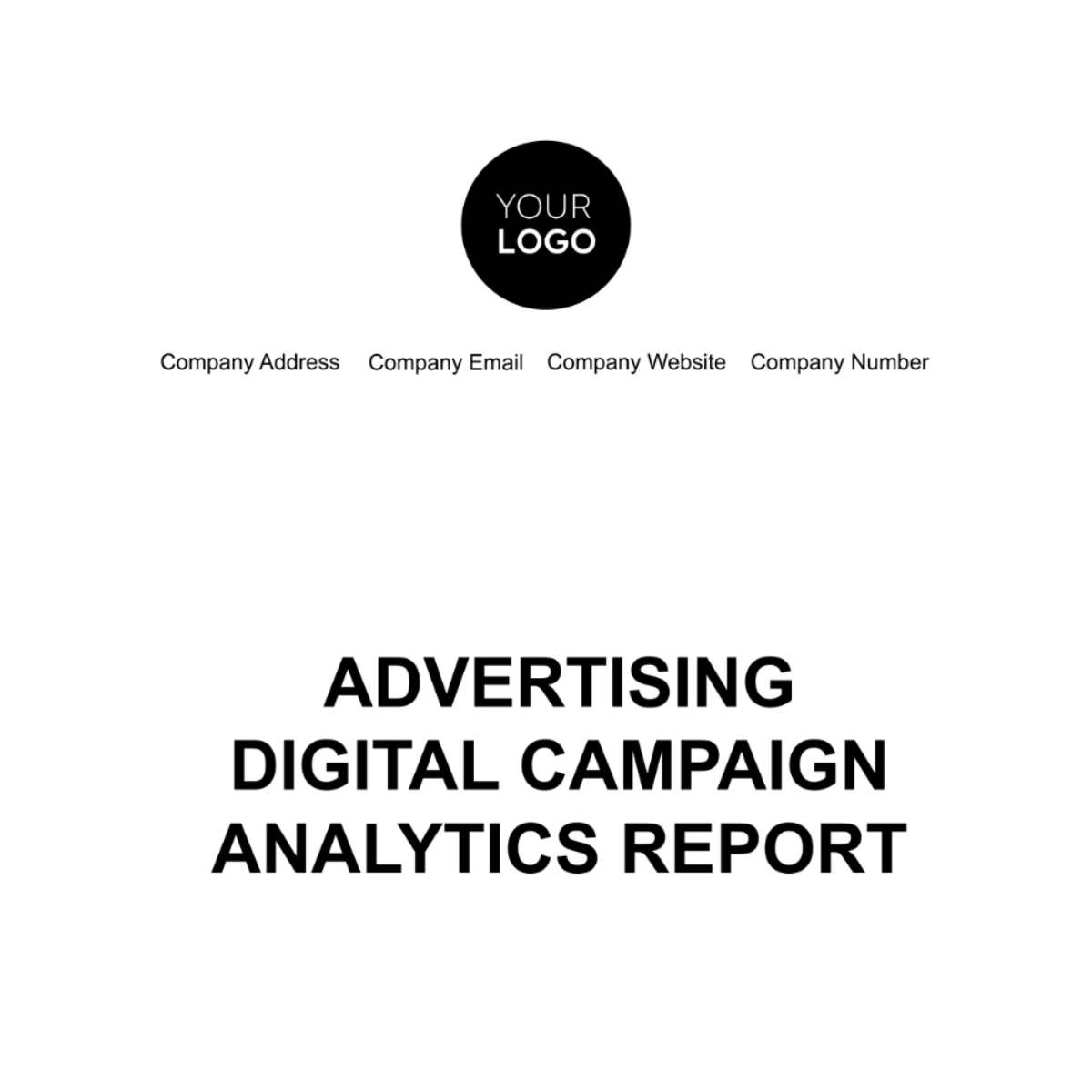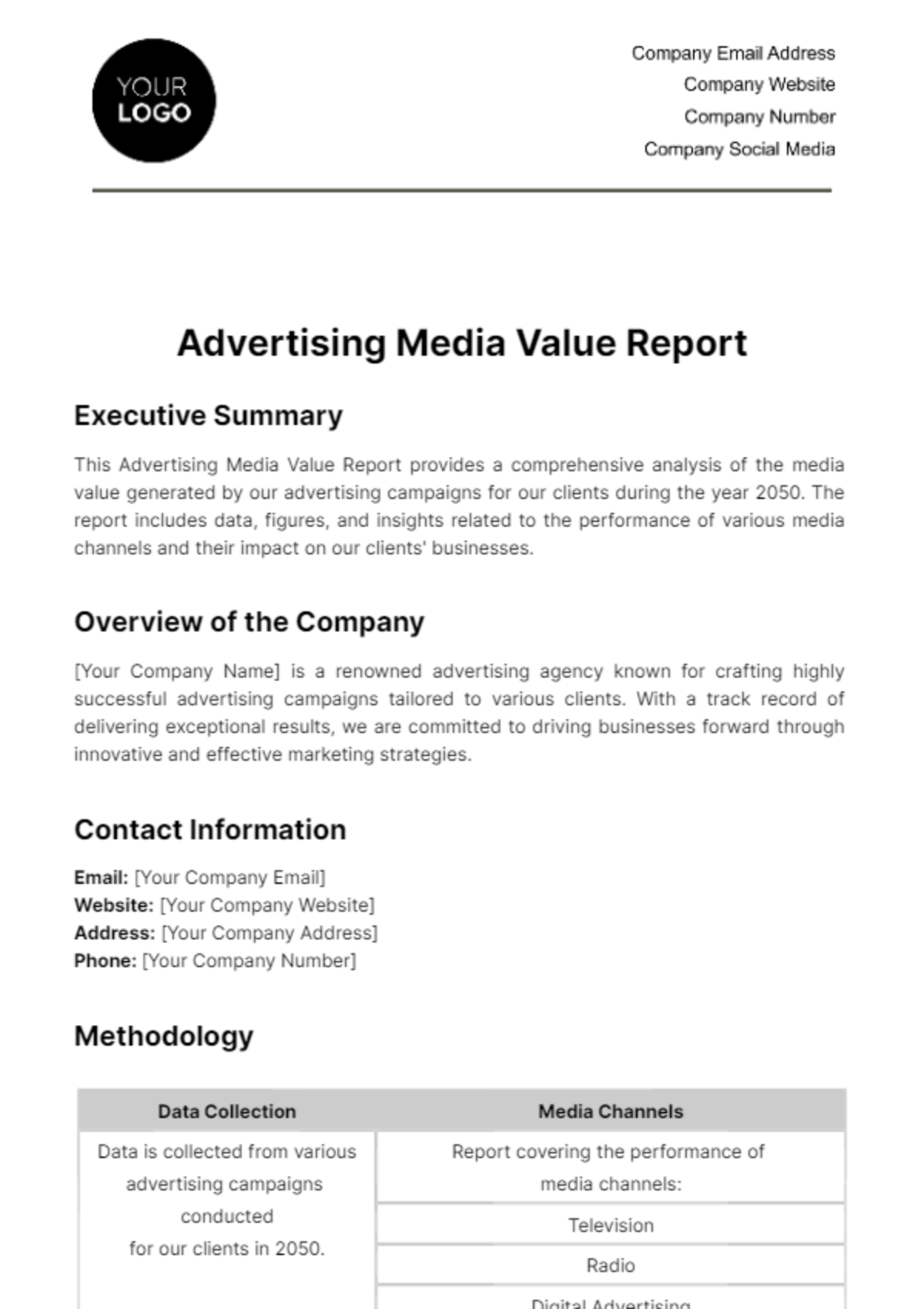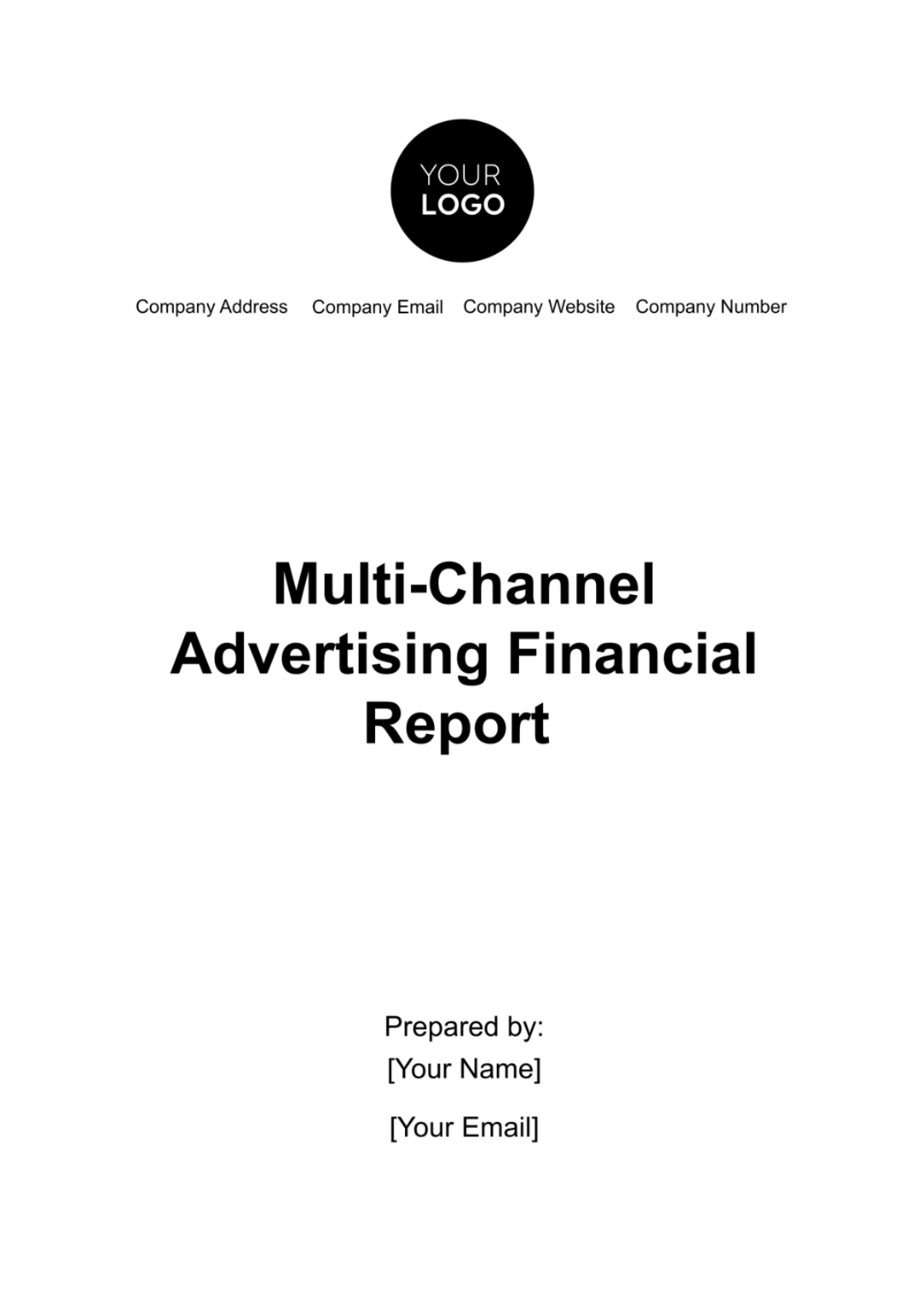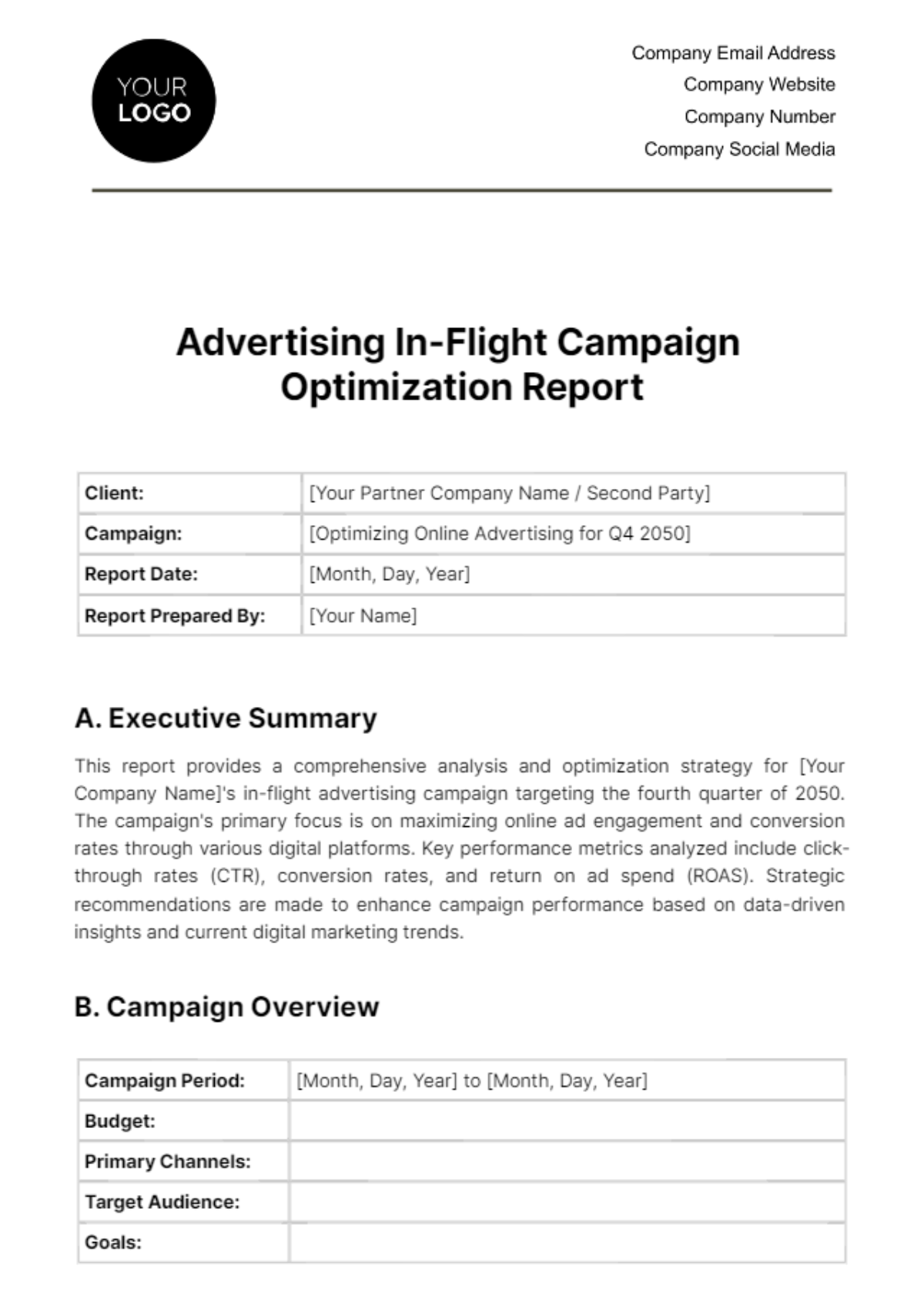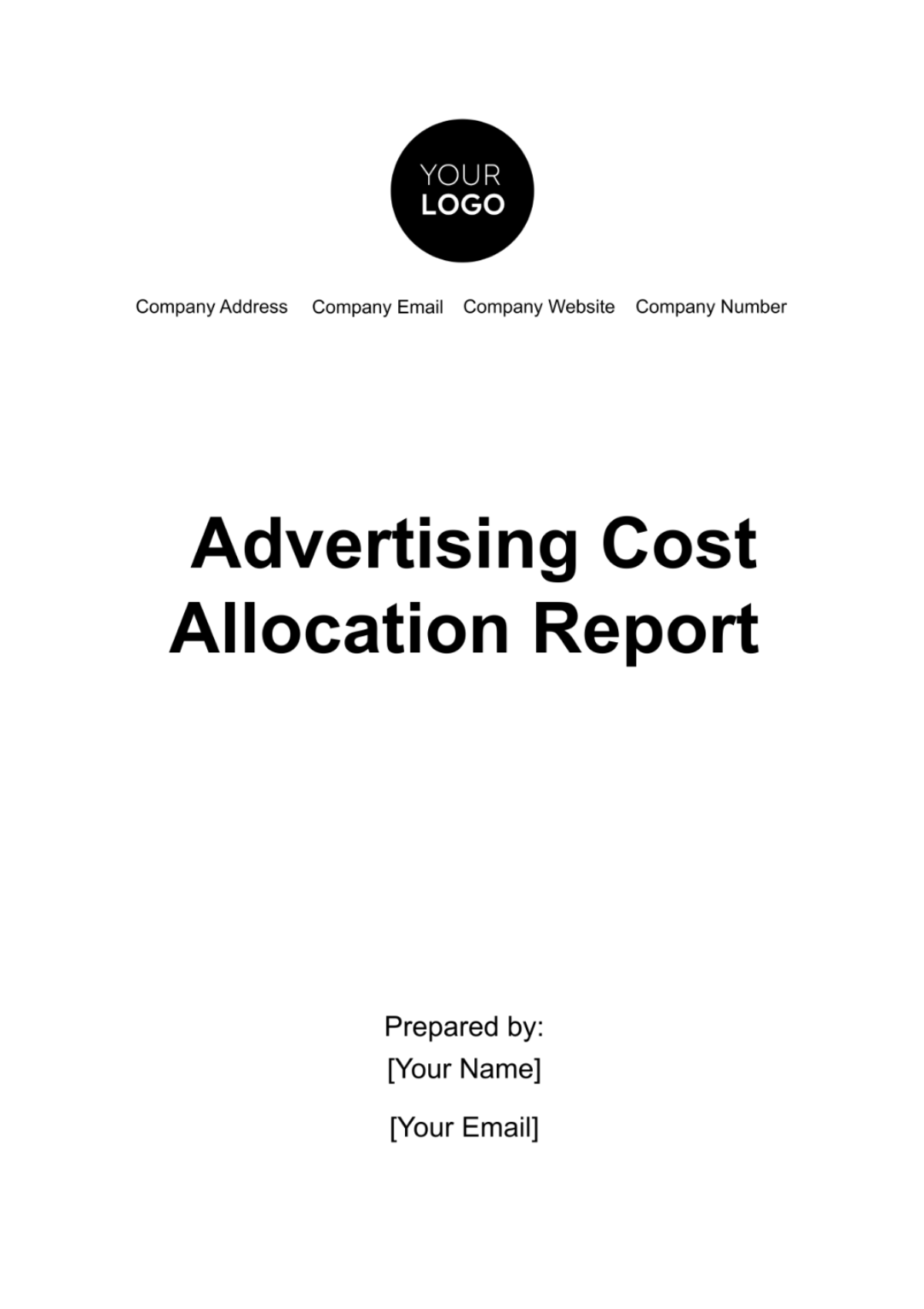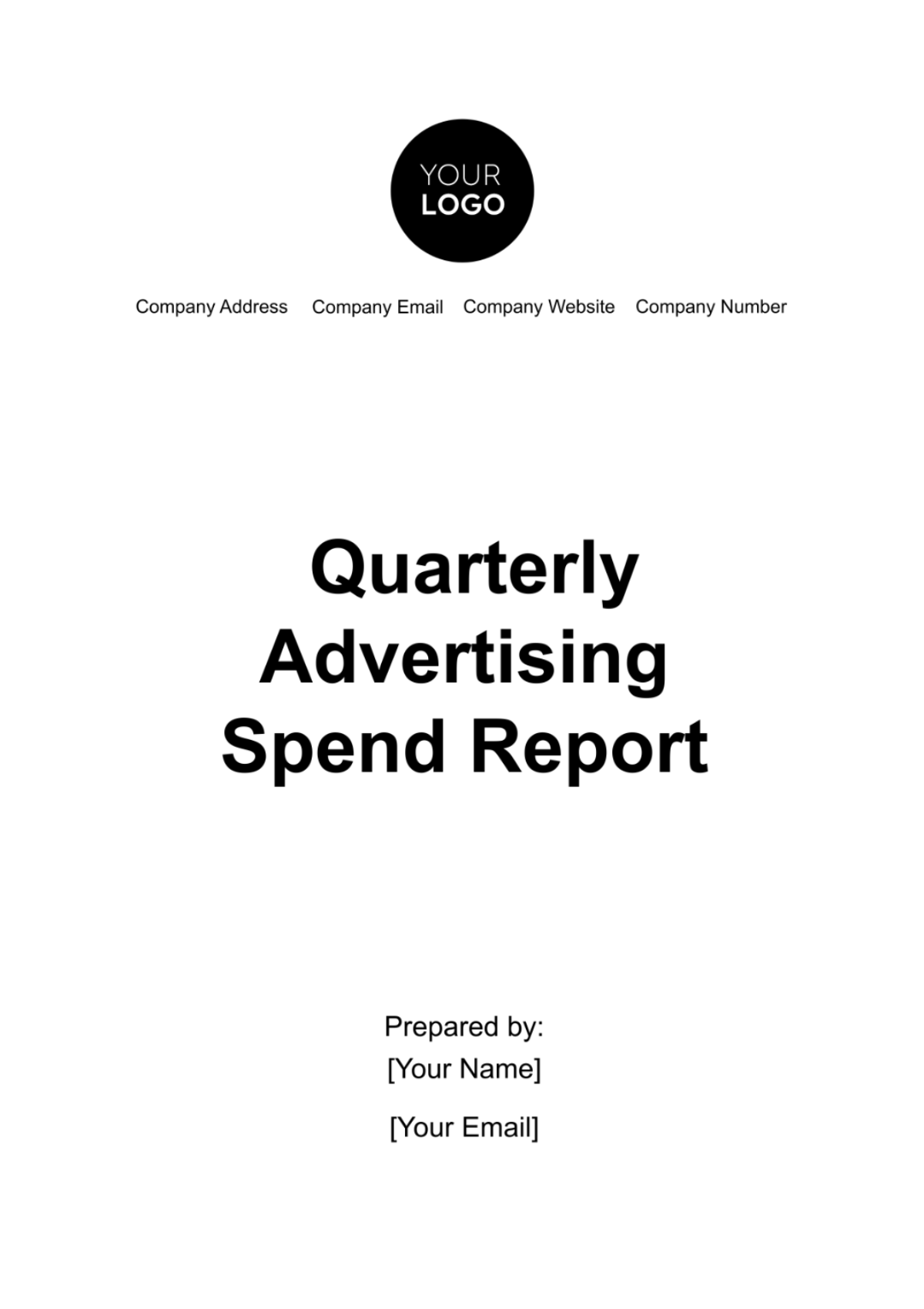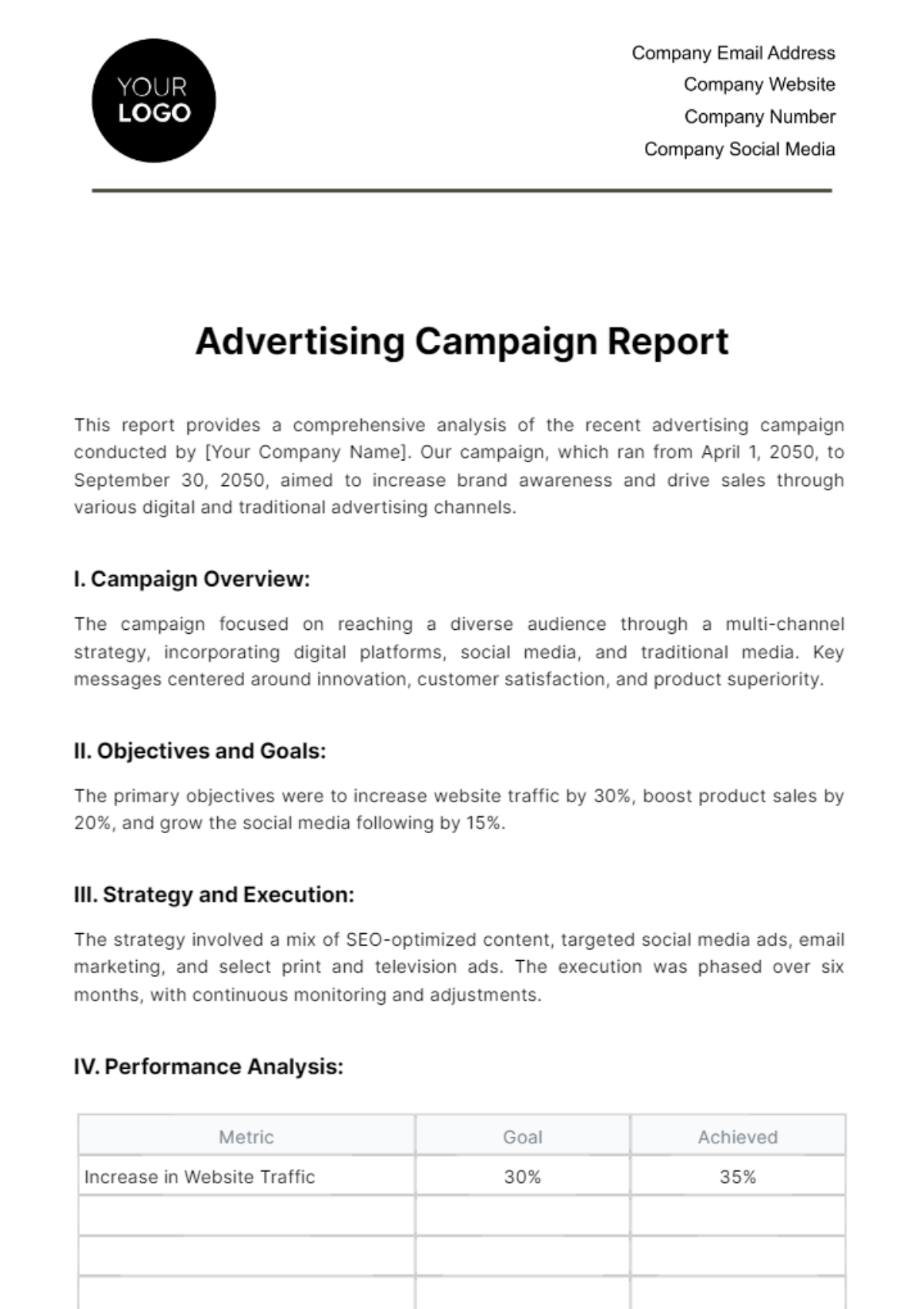In-Depth Media Strategy Advertising Report
Executive Summary
A. Overview
In today's rapidly evolving digital landscape, effective media strategy is crucial for [Your Company Name]'s success. This comprehensive media strategy report outlines our approach to achieving our marketing objectives through strategic advertising campaigns. We have carefully analyzed market trends, identified opportunities, and devised a plan to engage our target audience effectively.
B. Key Findings
Our analysis has revealed several key findings that will shape our media strategy:
The tech wearables industry is experiencing robust growth, with a projected CAGR of 8% from 2050 onwards.
Our target audience, consisting of tech-savvy millennials and Gen Z, prefers mobile-first content consumption, with 80% of them using smartphones as their primary device.
Competitor analysis has shown that our main rivals have excelled in social media advertising, indicating a need for us to strengthen our presence on platforms like Instagram and TikTok.
Through data analysis, we've identified that our last year's advertising campaign on Facebook resulted in a 20% increase in website traffic and a 15% rise in conversion rates.
Introduction
A. Purpose of the Report
This in-depth media strategy advertising report serves as a blueprint for [Your Company Name]'s marketing efforts. Its primary purpose is to provide a comprehensive overview of our media strategy, detailing the steps we'll take to reach and engage our target audience effectively. By laying out our strategy in this report, we aim to ensure alignment across the organization and provide a clear path to achieving our marketing goals.
B. Scope
This report covers various critical aspects of our media strategy, including market and competitor analysis, campaign planning, implementation, and evaluation. It encompasses all digital and traditional media channels where we plan to execute our advertising campaigns. Our scope is not limited to a particular time frame; instead, it is designed to be adaptable to changing market conditions and emerging opportunities.
Market Analysis
A. Industry Overview
The tech wearables industry is currently in a phase of rapid growth and transformation. According to market research conducted in 2050, the industry is projected to experience a Compound Annual Growth Rate (CAGR) of 8% from 2050 onwards. This growth is attributed to technological advancements, changing consumer behaviors, and the increasing adoption of wearable devices.
Furthermore, the global tech wearables market is estimated to reach a value of $50 billion by 2055, presenting significant opportunities for [Your Company Name] to expand its market share. The increasing demand for smartwatches, fitness trackers, and augmented reality glasses is a clear indicator of the industry's potential.
B. Target Audience
Our target audience comprises tech-savvy individuals primarily belonging to the millennial and Gen Z demographics. They are characterized by their strong reliance on digital platforms and mobile devices. Key demographic insights include:
Age group: Predominantly aged between 18 to 34 years.
Digital natives: 90% of our target audience grew up with digital technology, making them highly receptive to online advertising.
Mobile-first: Approximately 80% of our audience use smartphones as their primary device for accessing the internet, social media, and online shopping.
Understanding our target audience's preferences, behaviors, and digital habits is crucial in shaping our media strategy and content delivery.
Competitor Analysis
A. Competitor Landscape
Our competitive landscape analysis reveals key players in the tech wearables industry. The top competitors include TechWear Inc., WearableTech Co., and SmartWear Solutions, each holding a significant market share. Here is a brief overview of their market presence:
TechWear Inc.: Known for their innovative product offerings and a strong online presence, TechWear Inc. has successfully captured 25% of the market share.
WearableTech Co.: WearableTech Co. focuses on high-quality customer service and has a substantial customer loyalty base, contributing to their 18% market share.
SmartWear Solutions: With a history of effective social media advertising campaigns, SmartWear Solutions has achieved 15% of the market share.
B. SWOT Analysis
A SWOT analysis of our competitors helps us identify their strengths, weaknesses, opportunities, and threats:
1. Strengths:
TechWear Inc. has a strong brand reputation and a diverse product range, including smartwatches, fitness trackers, and smart clothing.
WearableTech Co. excels in customer retention and has a loyal customer base due to excellent after-sales support.
SmartWear Solutions has demonstrated expertise in social media advertising, particularly on platforms like Instagram and YouTube.
2. Weaknesses:
TechWear Inc. occasionally faces supply chain issues, leading to occasional product shortages and delayed product launches.
WearableTech Co. lacks an effective social media presence on emerging platforms like TikTok, missing out on the younger demographic.
SmartWear Solutions has limited offline marketing initiatives, relying heavily on digital channels.
3. Opportunities:
The growing demand for smart health and fitness wearables presents opportunities for market expansion.
Leveraging social media advertising can help us gain a competitive edge, especially on platforms like TikTok, where our competitors are underrepresented.
Collaborations with tech influencers and fitness trainers could enhance brand visibility.
4. Threats:
Economic downturns could affect consumer spending habits and lead to reduced demand for high-end wearables.
Intensified competition within the industry could result in pricing wars and reduced profit margins.
Regulatory changes impacting advertising practices, such as stricter data privacy regulations, could affect our digital marketing efforts.
Media Strategy
A. Goals and Objectives
Our media strategy aims to achieve the following goals and objectives:
1. Goals:
Increase Brand Awareness: Raise awareness of [Your Company Name] as a leading innovator in the tech wearables industry, targeting a 30% increase in brand recognition by the end of 2051.
Drive Sales: Generate $100 million in revenue from product sales by the end of 2052 through effective advertising campaigns and promotions.
Expand Market Share: Capture an additional 10% of the tech wearables market share within the next two years.
2. Objectives:
Social Media Engagement: Achieve an average monthly engagement rate of 8% on our social media platforms, with a focus on Instagram and TikTok.
Website Traffic: Increase website traffic by 25% through organic and paid search efforts, resulting in an average of 2 million monthly visitors by the end of 2051.
Conversion Rate: Improve the conversion rate on our e-commerce platform from the current 5% to 8% by optimizing landing pages and checkout processes.
B. Channels and Platforms
To achieve our media strategy goals and objectives, we will utilize the following advertising channels and platforms:
Social Media Advertising: We will create engaging and visually appealing ads on platforms like Instagram and TikTok, targeting our younger demographic.
Search Engine Marketing (SEM): Utilize Google Ads and Bing Ads to capture high-intent search traffic related to our products.
Email Marketing: Implement personalized email campaigns to nurture leads and encourage repeat purchases.
Influencer Partnerships: Collaborate with tech influencers and fitness trainers on YouTube and Instagram to expand our reach.
C. Budget Allocation
Our budget allocation for the media strategy is as follows:
Social Media Advertising: $10 million - 40% of the total budget
SEM: $5 million - 20% of the total budget
Email Marketing: $3 million - 12% of the total budget
Influencer Partnerships: $4 million - 16% of the total budget
Miscellaneous (Testing, Creative, Analytics): $3 million - 12% of the total budget
Campaign Planning
A. Creative Content
Our creative content strategy focuses on highlighting the unique features and benefits of our tech wearables. This includes creating visually appealing product images and videos showcasing the products in real-life scenarios. We will also develop informative blog posts and infographics to educate our audience about the latest trends in wearable technology.
B. Messaging Strategy
Our messaging strategy will emphasize the following key messages:
Innovation: Highlight our commitment to cutting-edge technology and innovation in the tech wearables industry.
Lifestyle Enhancement: Showcase how our products can enhance the lifestyles of our target audience, whether through fitness tracking, health monitoring, or convenience.
Quality and Reliability: Emphasize the quality, durability, and reliability of our products.
C. Timeline
Our campaign timeline is as follows:
Creative Development: Q1 2051
Campaign Launch: Q2 2051
Ongoing Monitoring and Optimization: Throughout 2051 and 2052
Implementation
A. Campaign Launch
The campaign launch is a crucial phase of our media strategy. During this stage, we will execute our advertising campaigns across selected channels and platforms to engage our target audience effectively. Here's an overview of the campaign launch process:
Ad Creative Deployment: Our meticulously designed ad creatives, including videos, images, and text, will be deployed across social media platforms like Instagram and TikTok. We will also launch targeted search ads through Google Ads and Bing Ads.
Email Campaign Activation: Our personalized email campaigns, crafted to nurture leads and drive conversions, will be activated. Segmented email lists will ensure that the right message reaches the right audience at the right time.
Influencer Collaborations: Influencer partnerships with tech influencers and fitness trainers on YouTube and Instagram will kick off. These influencers will create authentic content featuring our tech wearables, helping us tap into their engaged and loyal followers.
B. Monitoring and Optimization
Continuous monitoring and optimization are vital to ensure the success of our advertising campaigns. Throughout 2051 and 2052, we will employ the following strategies:
Data Analysis: We will regularly analyze campaign performance data, including click-through rates (CTR), conversion rates, and return on ad spend (ROAS). This analysis will provide insights into which channels and creatives are performing best.
A/B Testing: To fine-tune our messaging and creative content, we will conduct A/B testing on various elements, such as ad copy, visuals, and landing page designs.
Budget Adjustments: Based on real-time data, we will make budget adjustments to allocate resources to the most effective channels and campaigns. This ensures that we maximize our ROI.
Audience Segmentation: We will refine our audience segments based on behavioral data, ensuring that we reach the most receptive audience segments with tailored content.
Evaluation and Reporting
A. Key Performance Indicators (KPIs)
Our media strategy's success will be measured using the following KPIs:
Brand Awareness: Monthly tracking of brand recognition through surveys and social media mentions, aiming for a 30% increase by the end of 2051.
Sales: Tracking of revenue generated from product sales, with a goal of reaching $100 million by the end of 2052.
Market Share: Regular monitoring of market share growth, aiming to capture an additional 10% of the tech wearables market share within the next two years.
Social Media Engagement: Ongoing assessment of social media engagement rates on Instagram and TikTok, targeting an 8% average monthly engagement rate.
Website Traffic: Monthly tracking of website traffic, with the goal of achieving an average of 2 million monthly visitors by the end of 2051.
Conversion Rate: Continuous optimization of the conversion rate on our e-commerce platform, targeting an increase from the current 5% to 8%.
B. Data Analysis
Our data analysis process will involve using advanced analytics tools to generate actionable insights. We will prepare regular reports that showcase the performance of our advertising campaigns, including metrics such as CTR, conversion rates, and cost per acquisition (CPA). These reports will provide a clear view of our progress toward achieving our media strategy goals and objectives.
C. Recommendations
Based on the analysis of campaign data and performance metrics, we will provide ongoing recommendations for optimizing our media strategy. These recommendations may include adjustments to budget allocation, shifts in messaging strategy, and the exploration of new advertising channels. Our goal is to ensure that our media strategy remains agile and responsive to changes in market dynamics and consumer behavior.


